최신 네트워크 아키텍처에서, POE (이더넷을 통한 전원 공급) 기술을 사용하면 이더넷 케이블을 통해 디바이스가 전원을 공급받을 수 있으므로 배선의 복잡성과 설치 비용이 크게 줄어듭니다. 이 문서에서는 다음과 같은 PoE 및 관련 기술에 대해 자세히 설명합니다. PoE+, PoE++, UPoE 및 PoH에 대한 자세한 정의, 기술 사양, 적용 가능한 장치 및 시나리오를 제공합니다.
1. PoE(이더넷을 통한 전원 공급)
정의: PoE는 IEEE 802.3af 표준을 준수하는 이더넷 케이블을 통해 전력을 공급하는 기술입니다.
- 최대 전력: 15.4W(전원 소싱 장비에서 전원 장치로 공급되는 최대 전력)
- 전압 범위: 44V-57V
- 전송 거리: 최대 100미터(328피트)
- 케이블 카테고리: Cat5e 이상
적용 가능한 디바이스 및 시나리오:
- IP 카메라: 감시 시스템의 배선을 간소화합니다.
- 무선 액세스 포인트(AP): 엔터프라이즈 및 홈 네트워크 모두에 대한 배포 유연성을 향상합니다.
2. PoE+(802.3at)
정의: PoE+는 IEEE 802.3at 표준을 준수하는 업그레이드된 버전의 PoE로, 더 높은 전력 출력을 지원합니다.
- 최대 전력: 30W
- 전압 범위: 50V-57V
- 전송 거리: 최대 100미터
- 케이블 카테고리: Cat5e 이상
적용 가능한 디바이스 및 시나리오:
- 고화질 감시 카메라: 더 높은 전력이 필요한 실내 및 실외 모니터링에 이상적입니다.
- VoIP 전화: 기업 환경에 적합한 향상된 오디오 품질과 기능을 제공합니다.
3. PoE++(802.3bt)
정의: PoE++는 IEEE 802.3bt 표준을 준수하며, 타입 3과 타입 4로 나뉘어 전력 출력을 더욱 높입니다.
- 유형 3 최대 전력: 60W
- 유형 4 최대 전력: 90W
- 전압 범위: 50V-57V
- 전송 거리: 최대 100미터
- 케이블 카테고리: Cat5e 이상
적용 가능한 디바이스 및 시나리오:
- 고전력 장치: 대형 무선 액세스 포인트, 비디오 감시 시스템, 디지털 사이니지 등.
- 스마트 조명: 상업 및 공공장소에서 널리 사용되는 디밍 및 기타 스마트 기능을 지원합니다.
4. UPoE(이더넷을 통한 범용 전원 공급 장치)
정의: UPoE는 Cisco에서 제안한 기술로, 더 높은 전력 출력을 지원합니다.
- 최대 전력: 60W
- 전압 범위: 50V-57V
- 전송 거리: 최대 100미터
- 케이블 카테고리: Cat5e 이상
적용 가능한 디바이스 및 시나리오:
- 멀티미디어 장치: 고성능 오디오 시스템 및 화상 회의 장비 등 기업 회의실에 적합한 제품입니다.
- IoT 디바이스: 센서 및 액추에이터에 더 높은 전력이 필요하며 스마트 시티 및 산업 자동화에 적용 가능합니다.
5. PoH(Power over HDBaseT)
정의: PoH는 주로 고화질 비디오 전송에 사용되는 HDBaseT 프로토콜을 통해 전력을 공급하는 기술입니다.
- 최대 전력: 100W
- 전압 범위: 48V
- 전송 거리: 최대 100미터(Cat5e 또는 Cat6 사용)
- 신호 전송: 비디오, 오디오, 이더넷, 제어 신호의 동시 전송을 지원합니다.
적용 가능한 디바이스 및 시나리오:
- 홈 시어터 시스템: 전원 및 신호 전송을 통합하여 하이엔드 홈 시어터에 이상적입니다.
- 상업용 디스플레이: 광고 및 정보 디스플레이에 사용되며 장거리 전원 공급을 지원합니다.
결론
PoE 및 관련 기술은 최신 네트워크 디바이스를 위한 유연하고 효율적인 전력 솔루션을 제공합니다. 다양한 디바이스의 전력 요구사항에 따라 적절한 PoE 표준을 선택하면 네트워크 시스템 성능과 안정성을 크게 향상시킬 수 있습니다. 기술이 계속 발전함에 따라 PoE의 적용 시나리오가 확장되어 미래 네트워크를 위한 더욱 지능적인 전력 솔루션으로 이어질 것입니다.



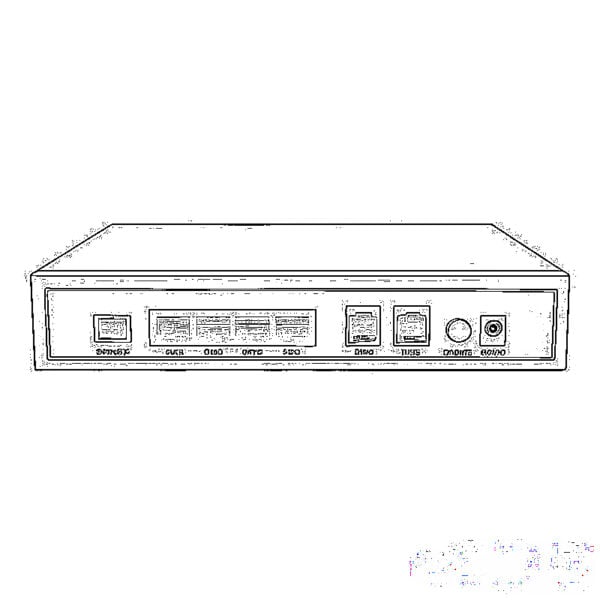
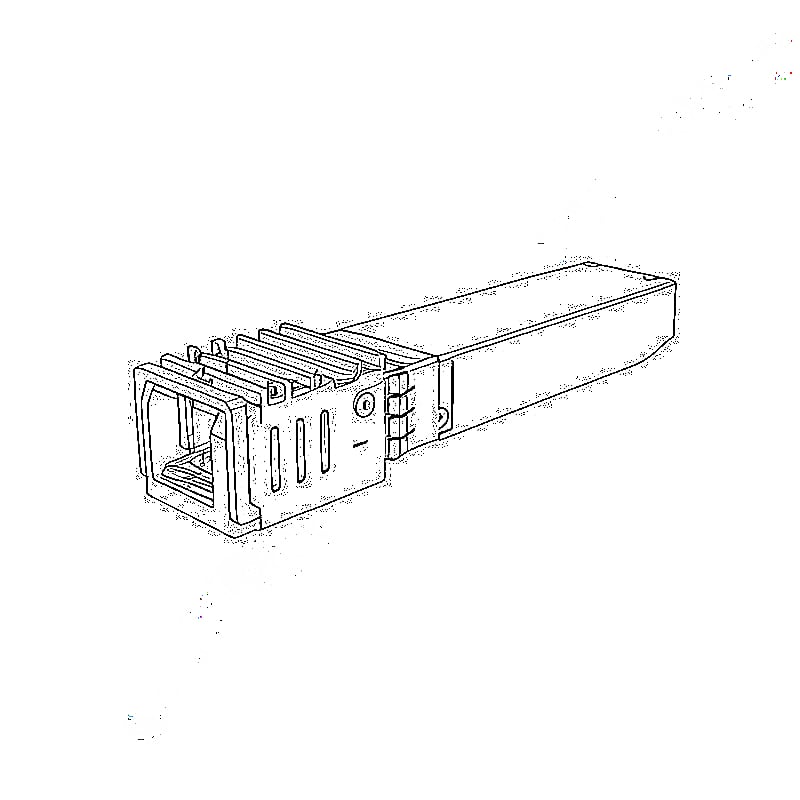
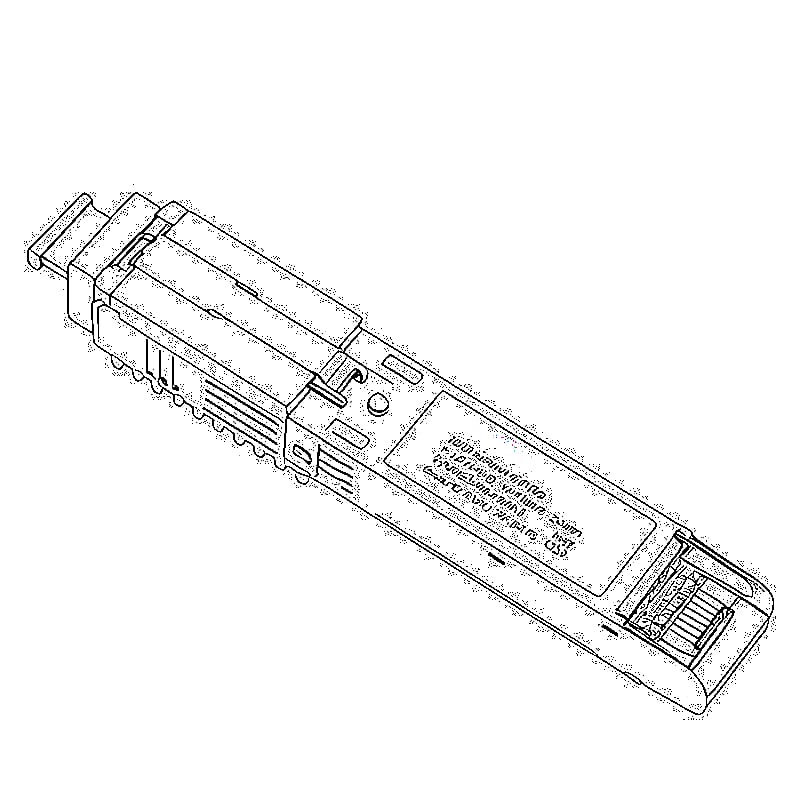
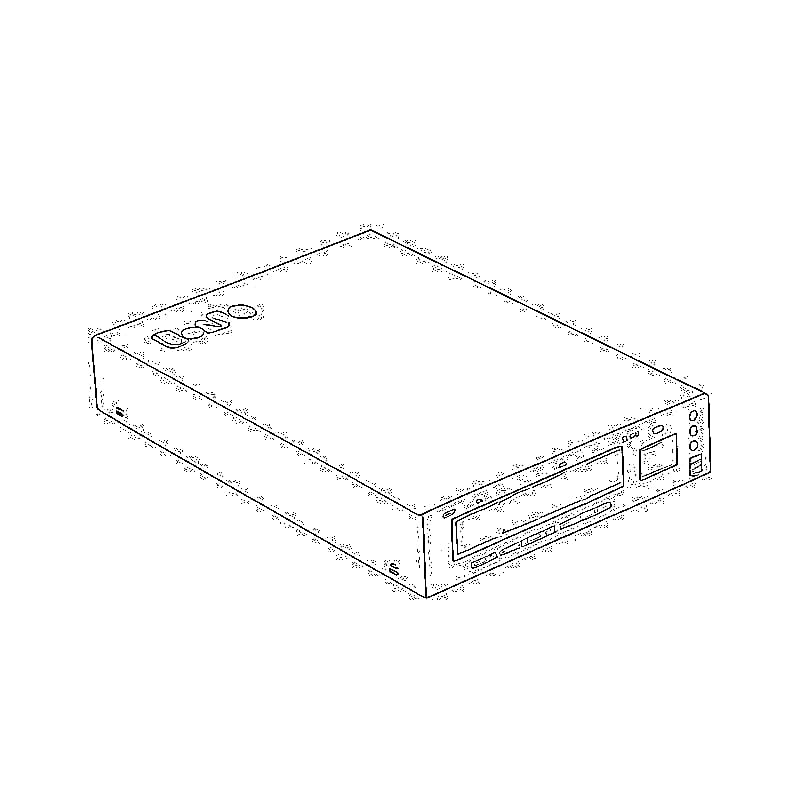
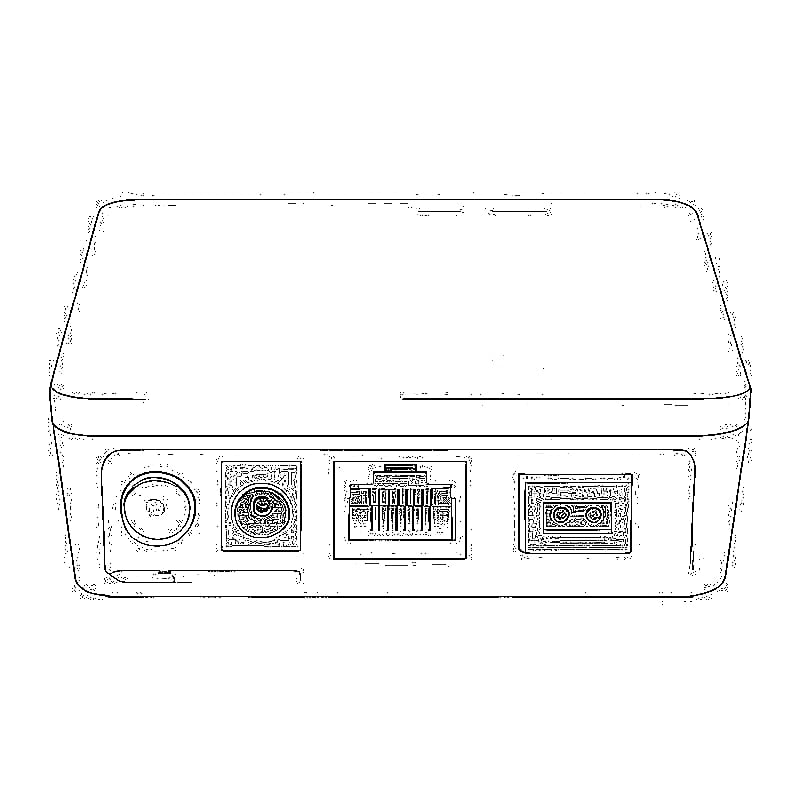
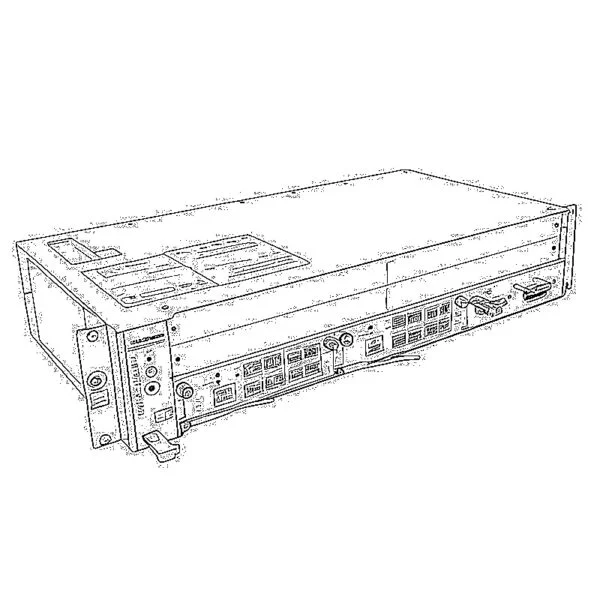
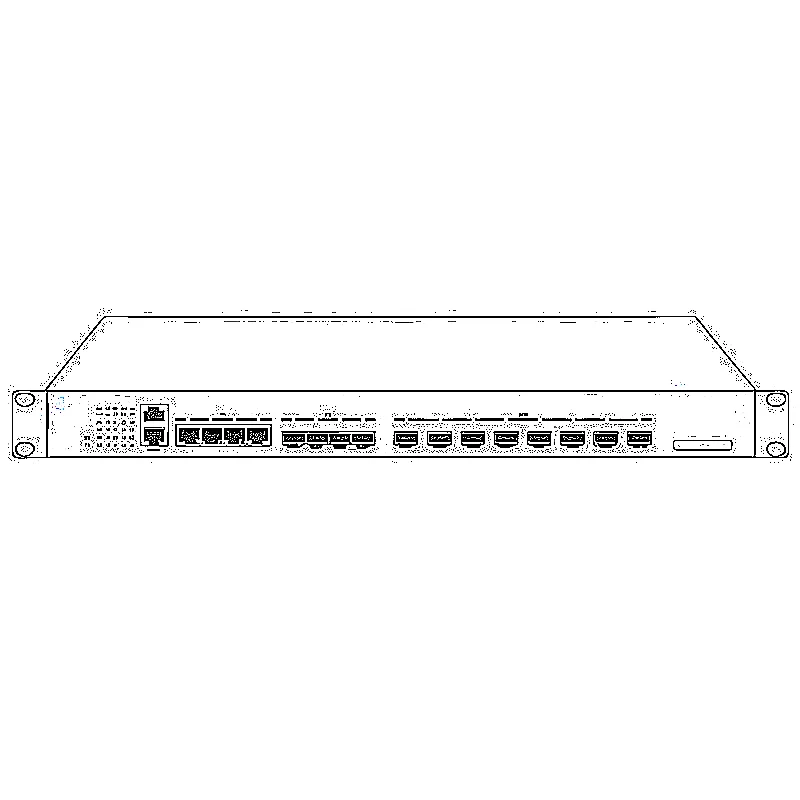
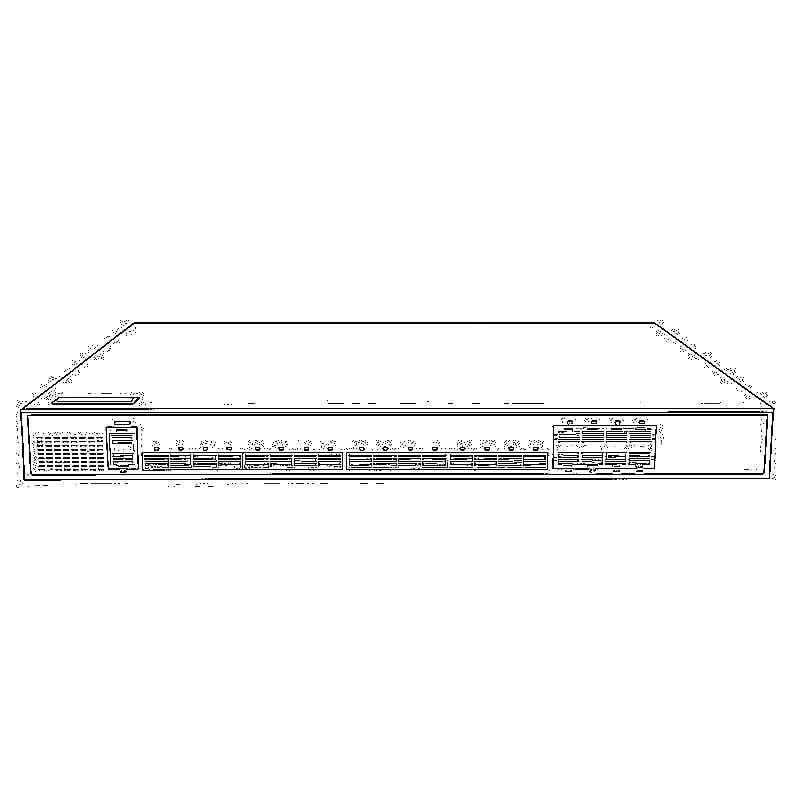
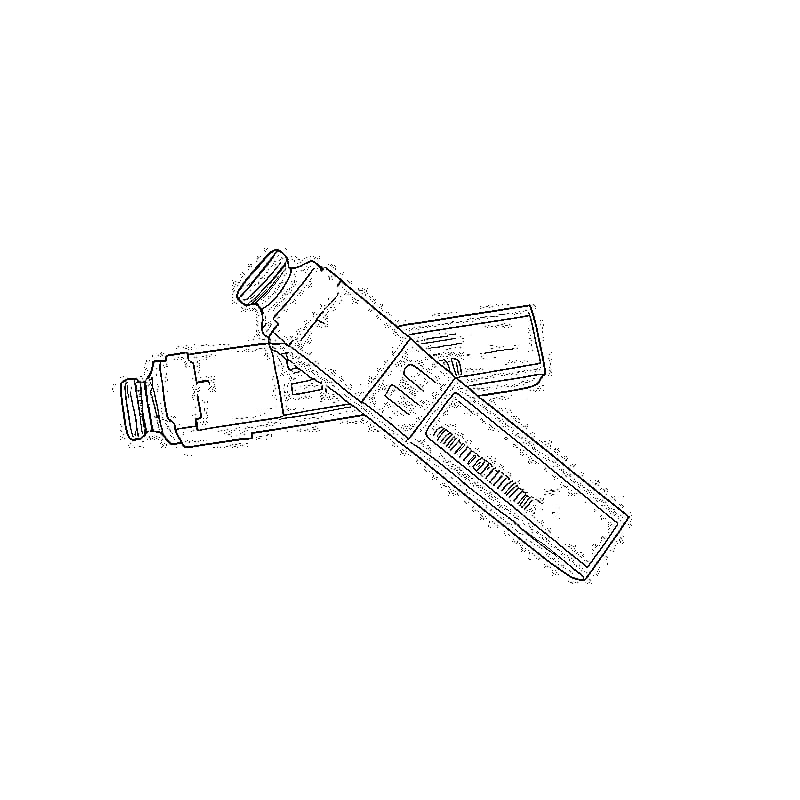
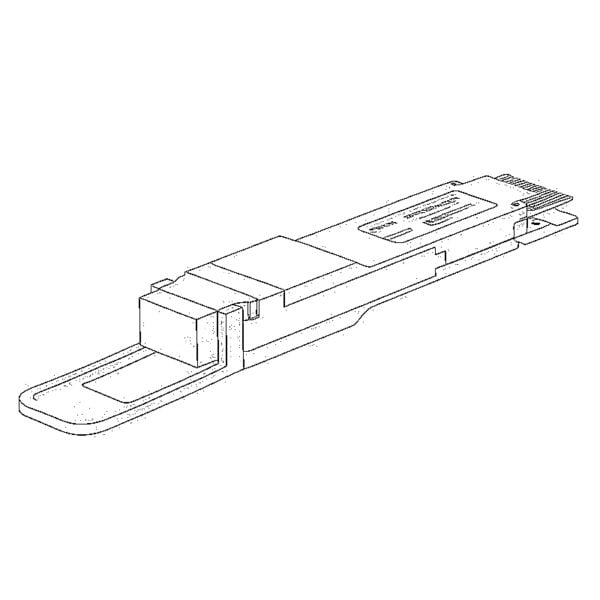
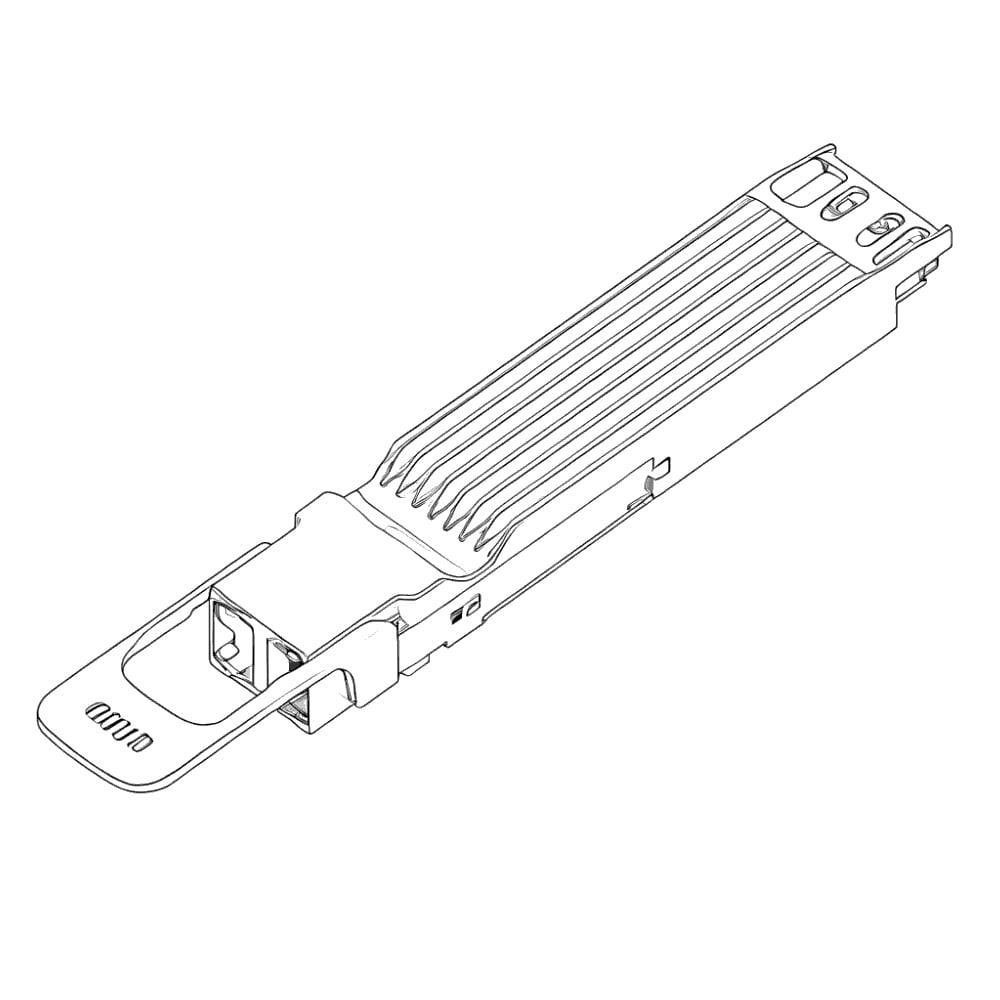
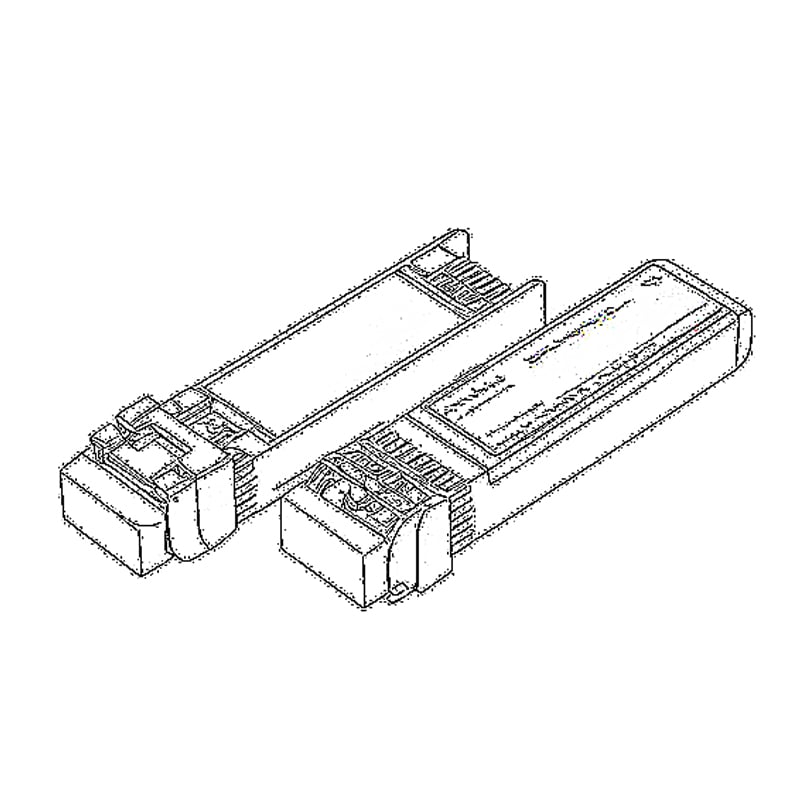
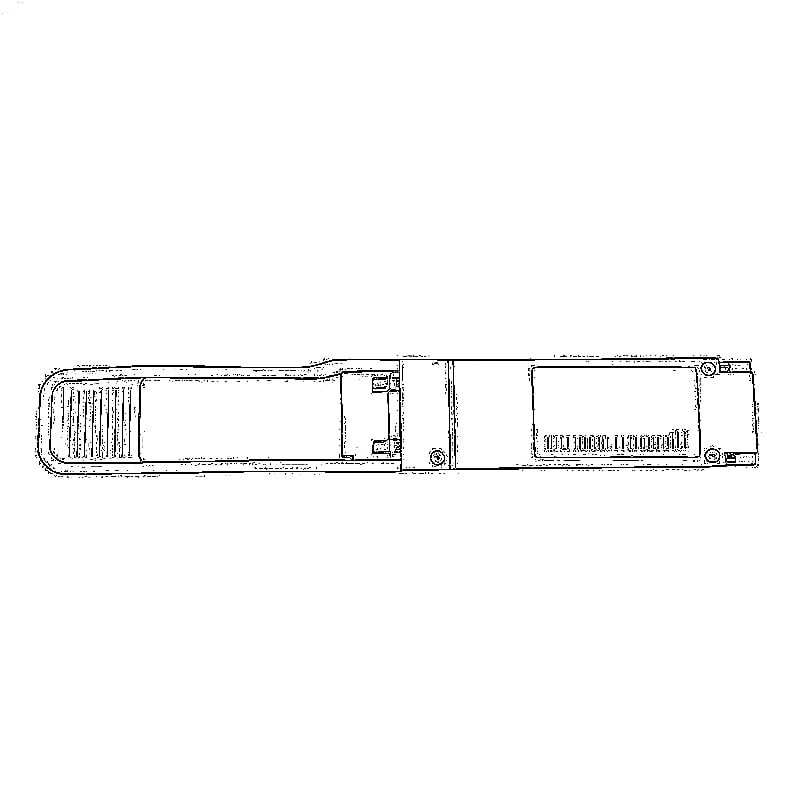
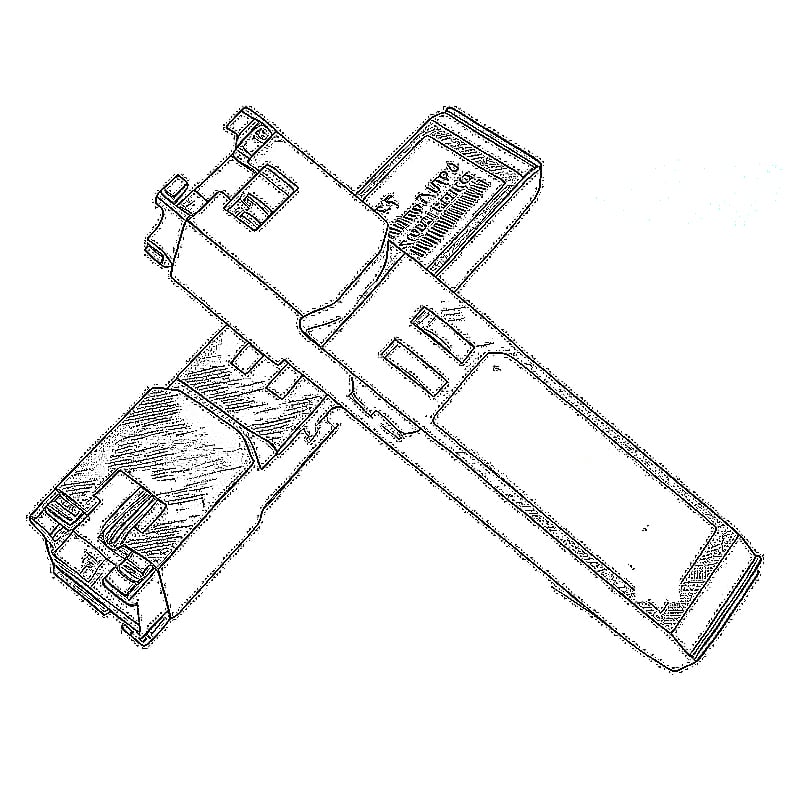
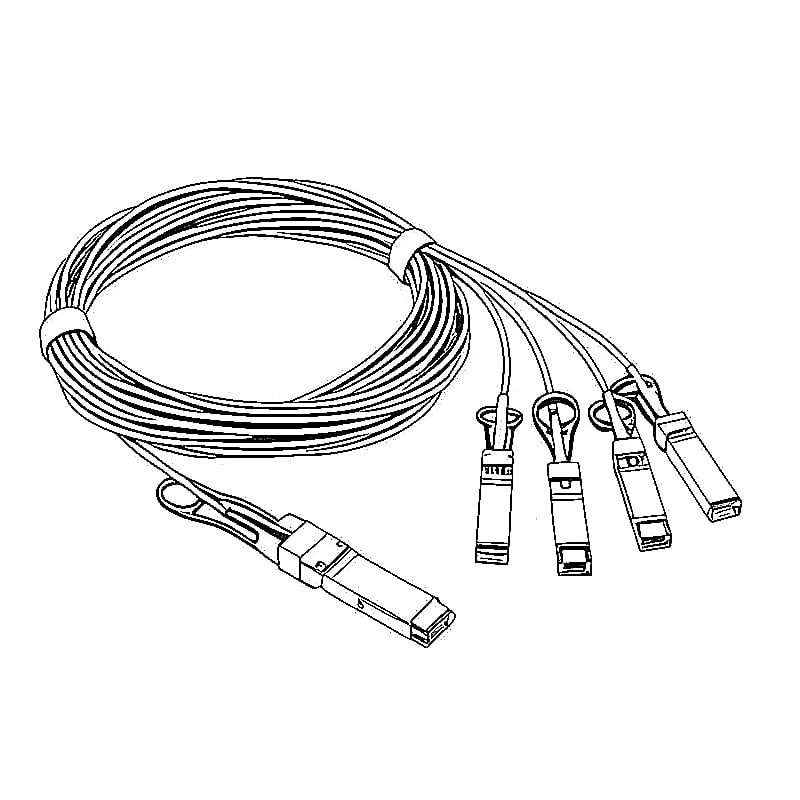
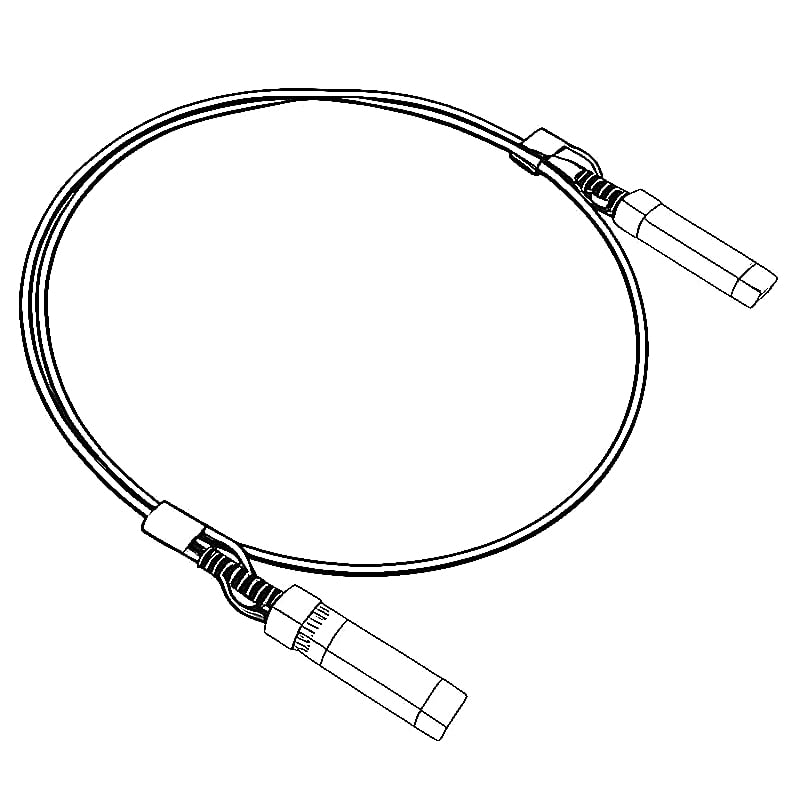
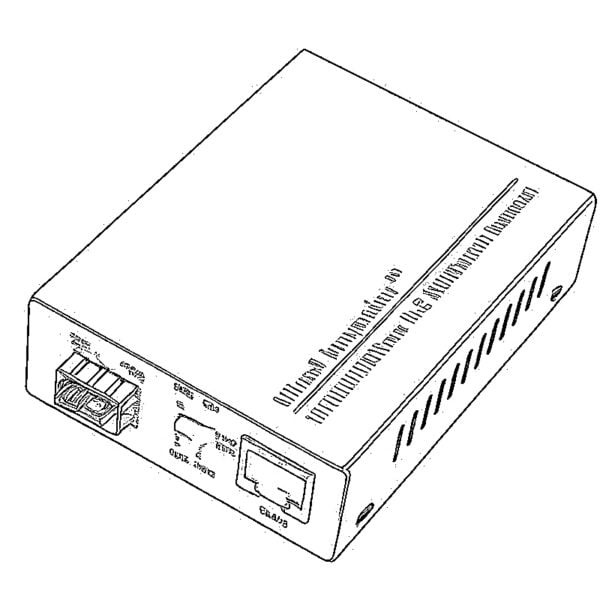
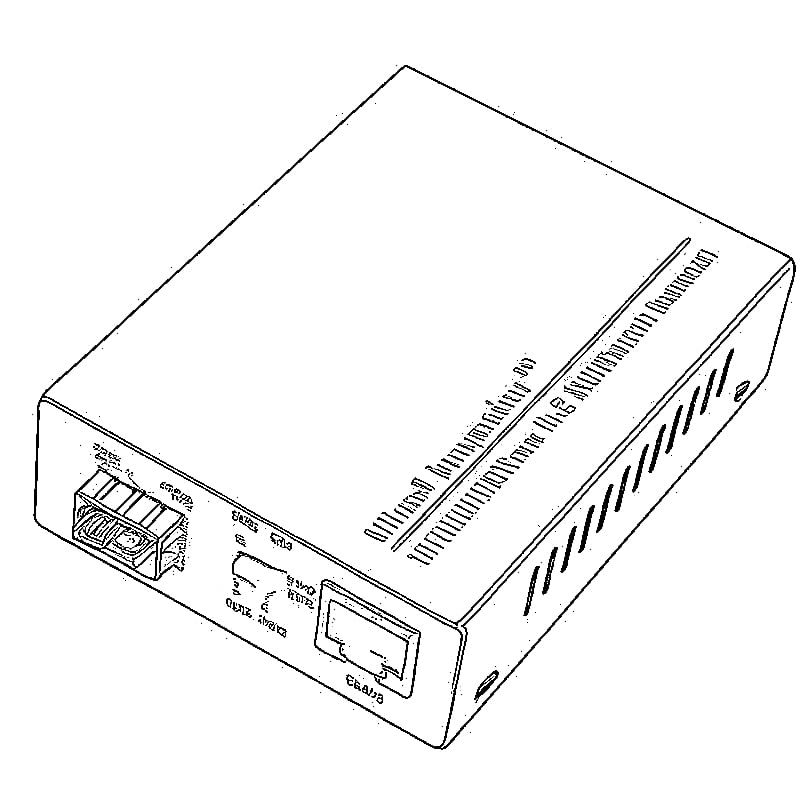
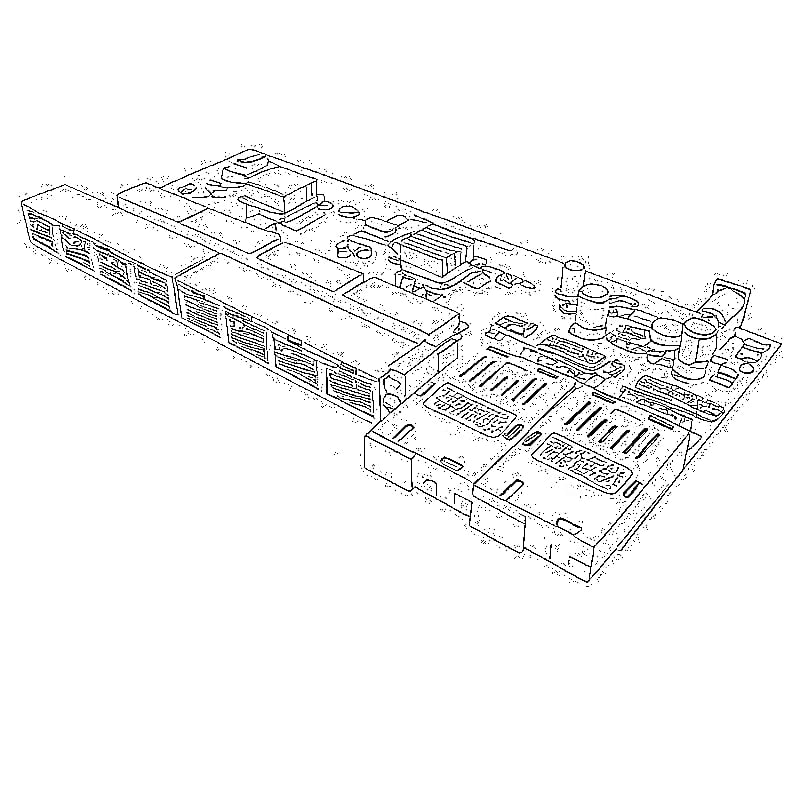
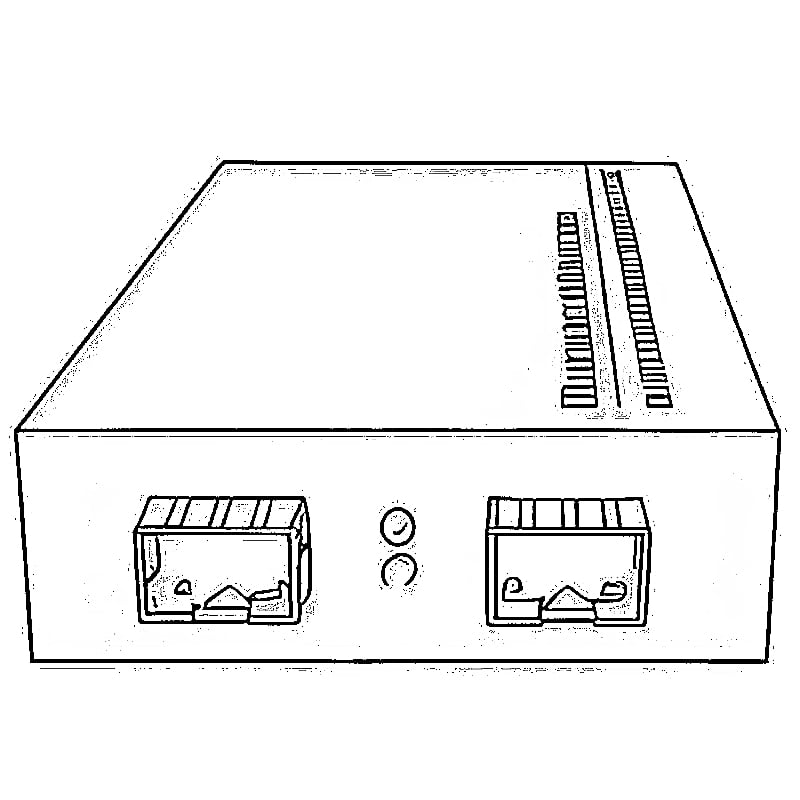
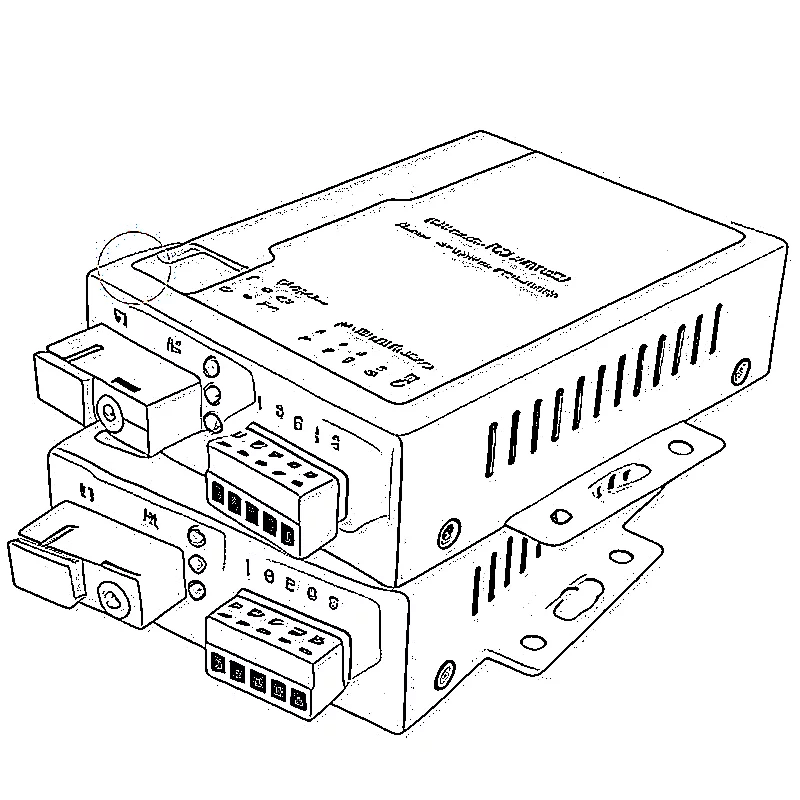
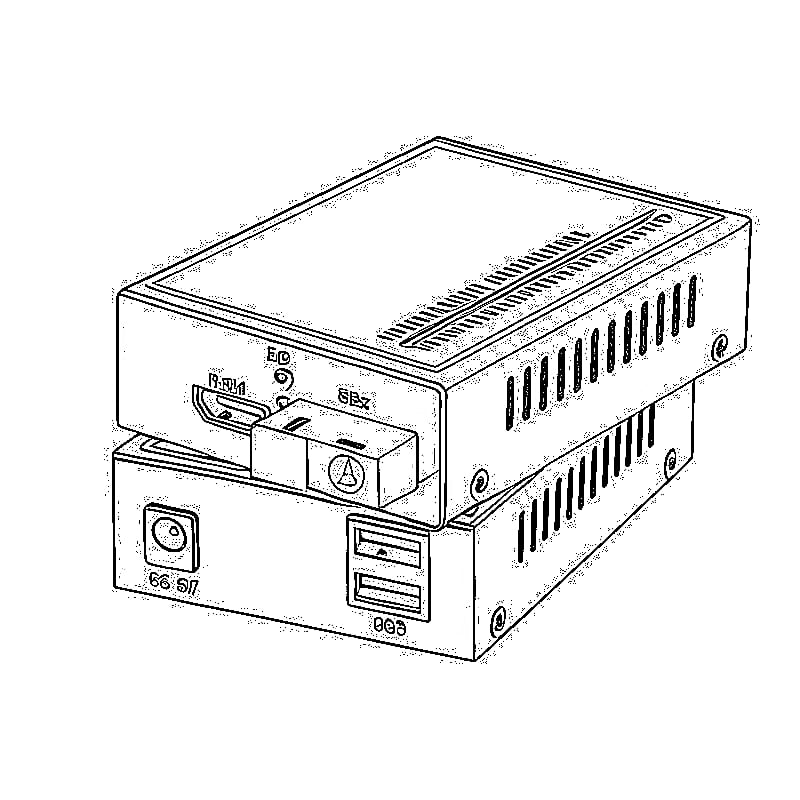
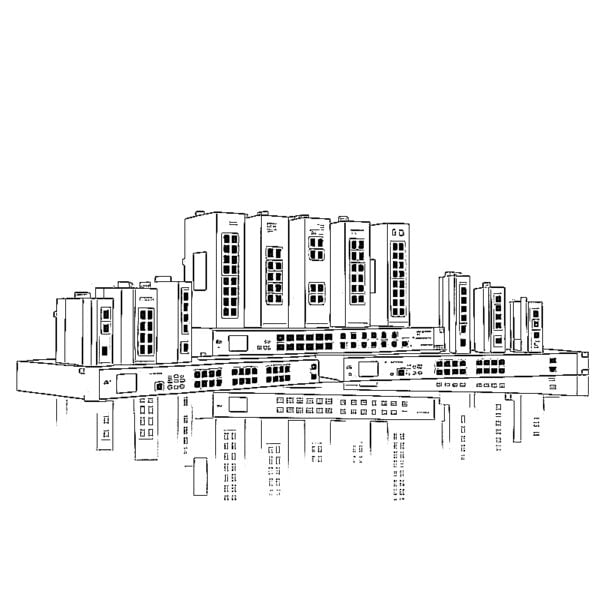
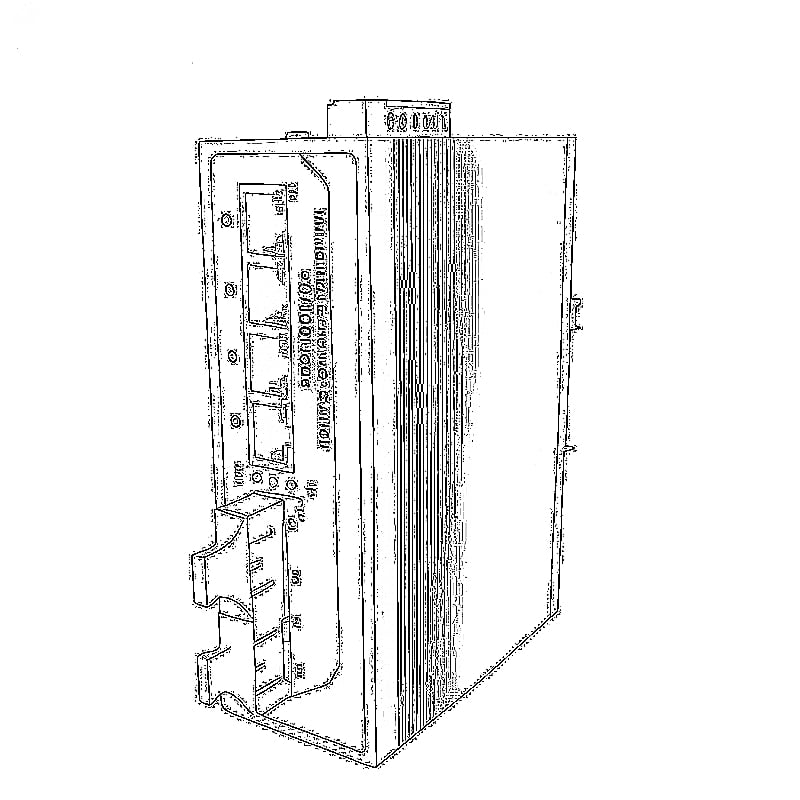
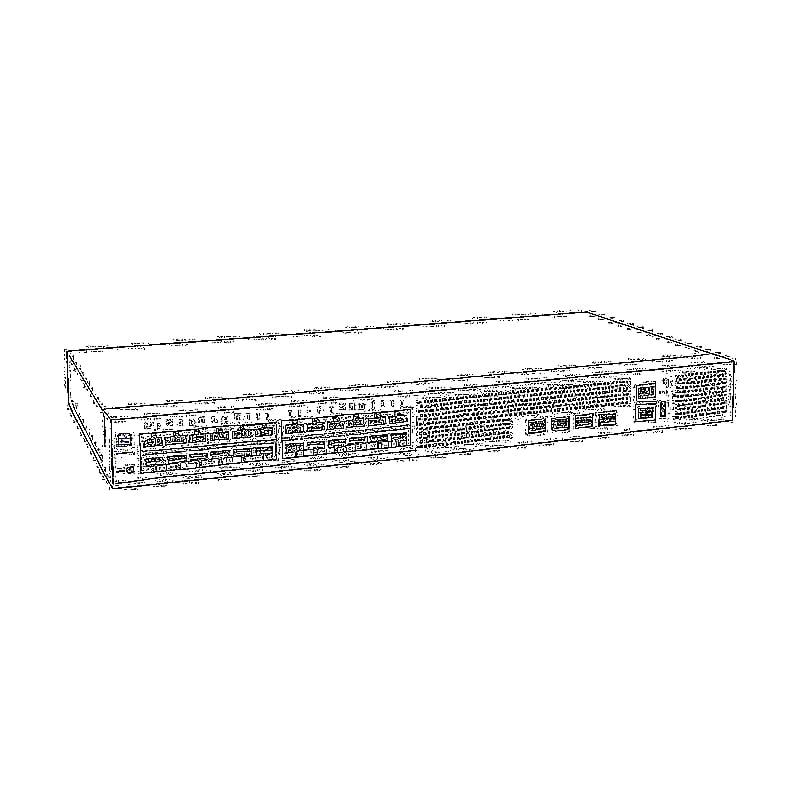
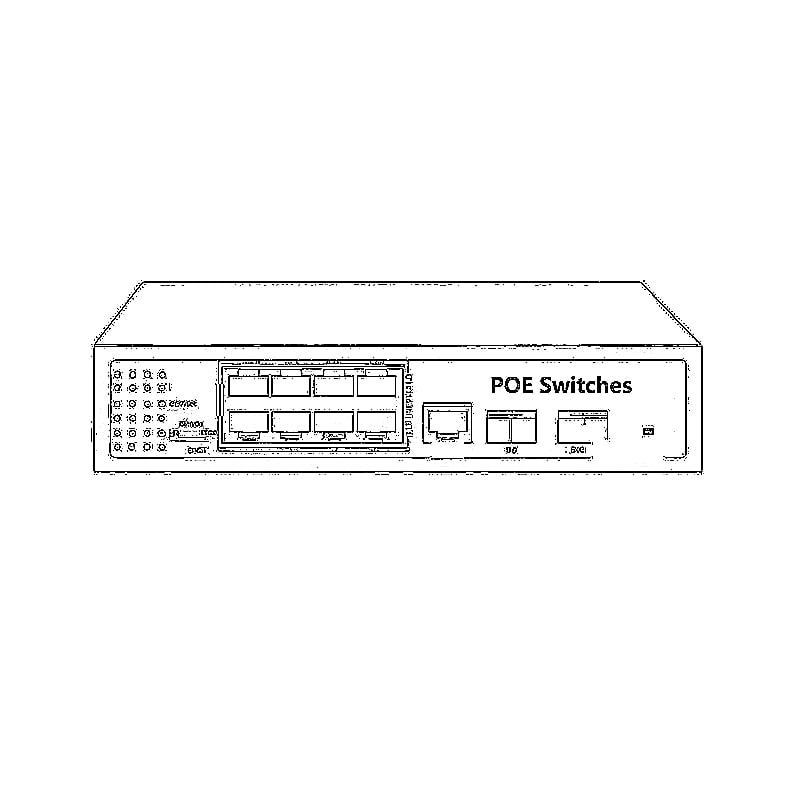
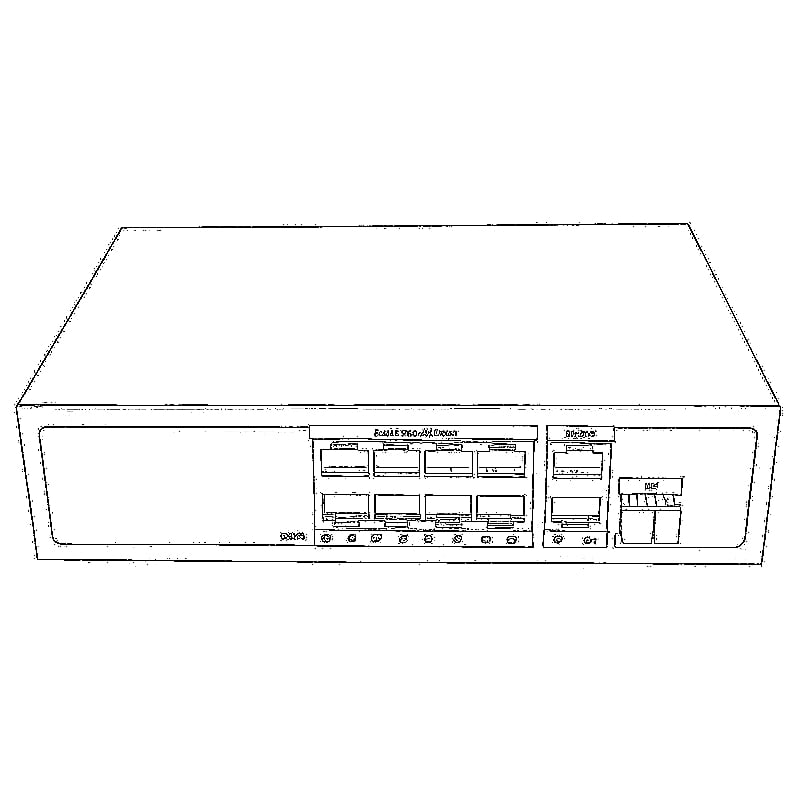
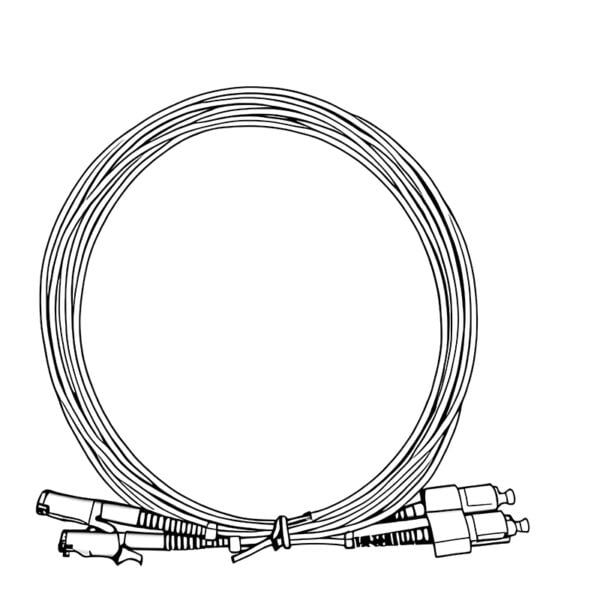
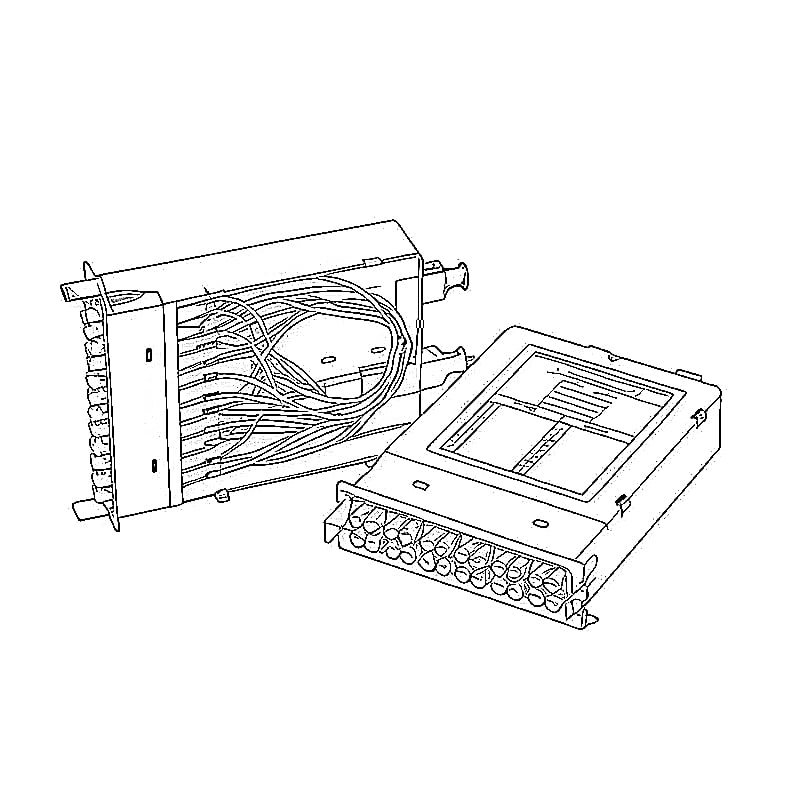
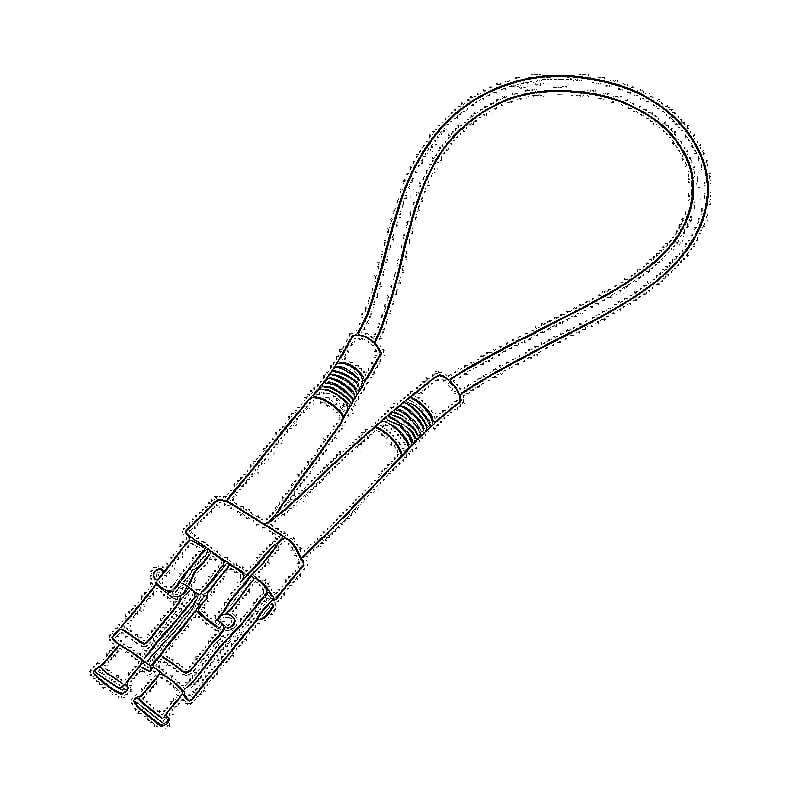
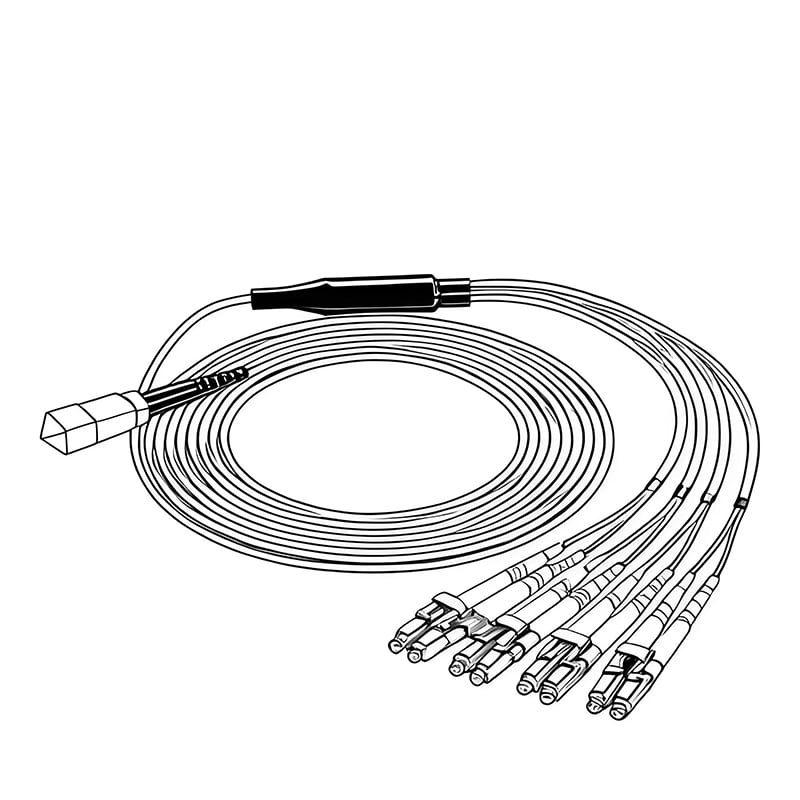
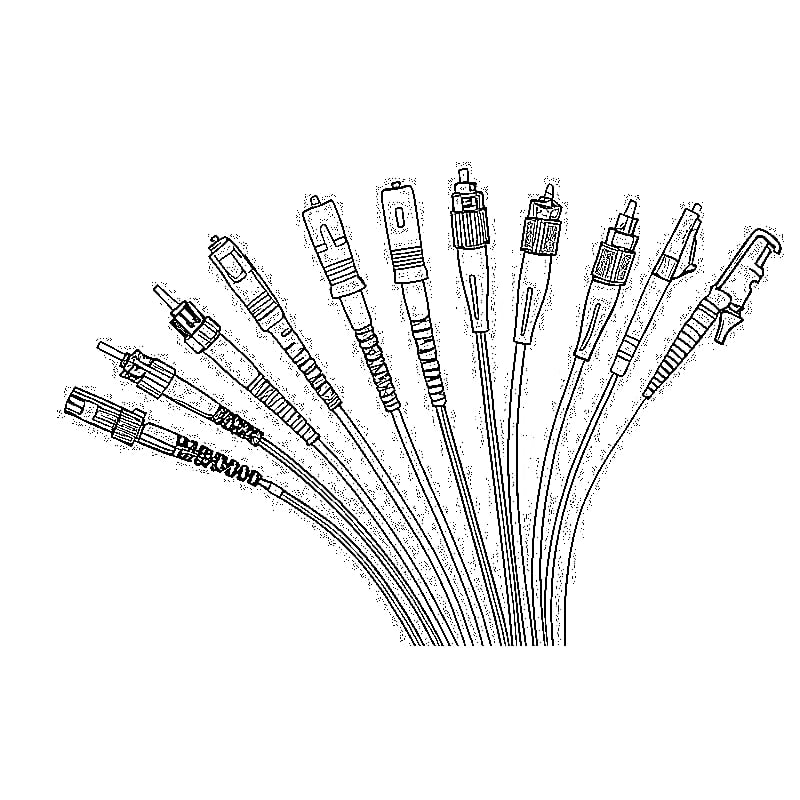
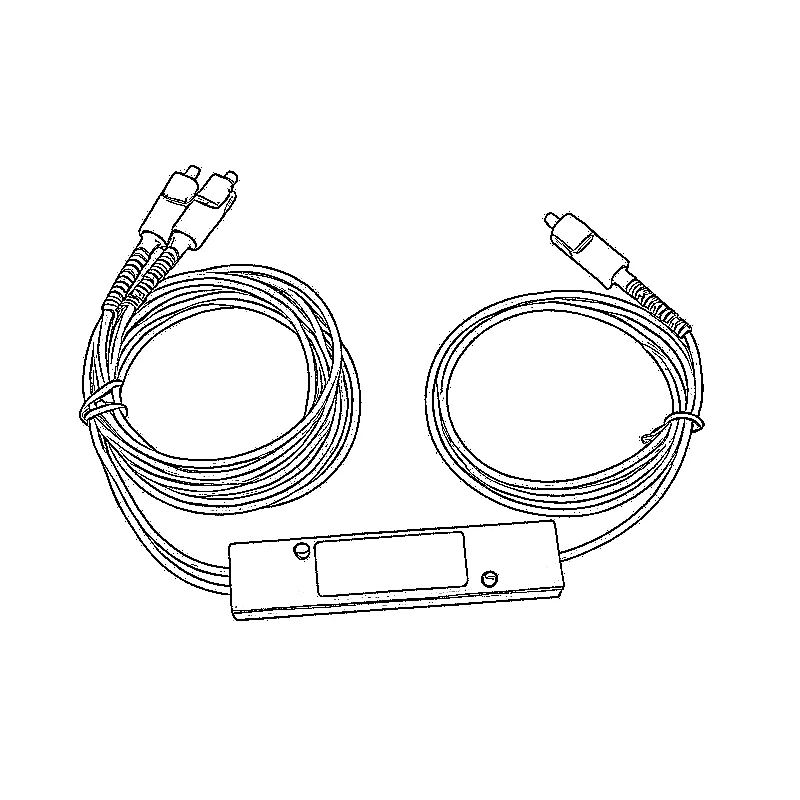
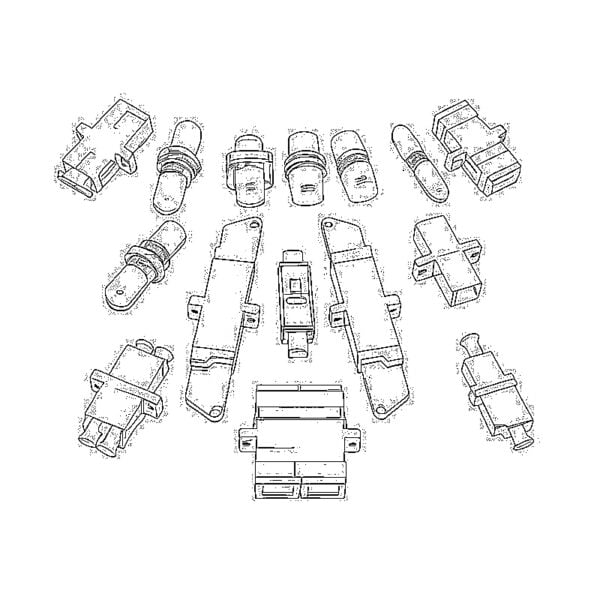
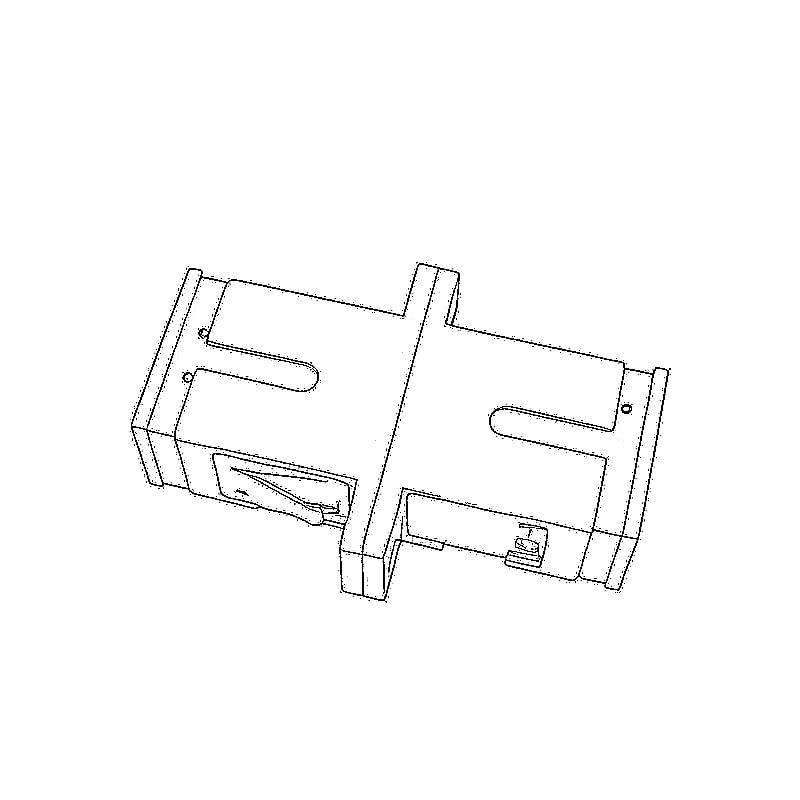
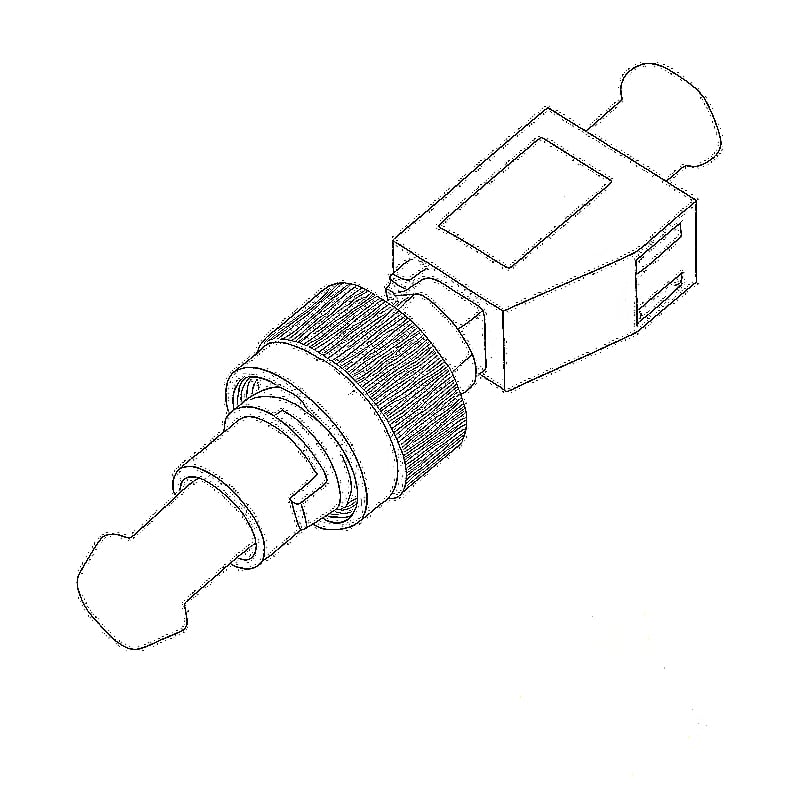
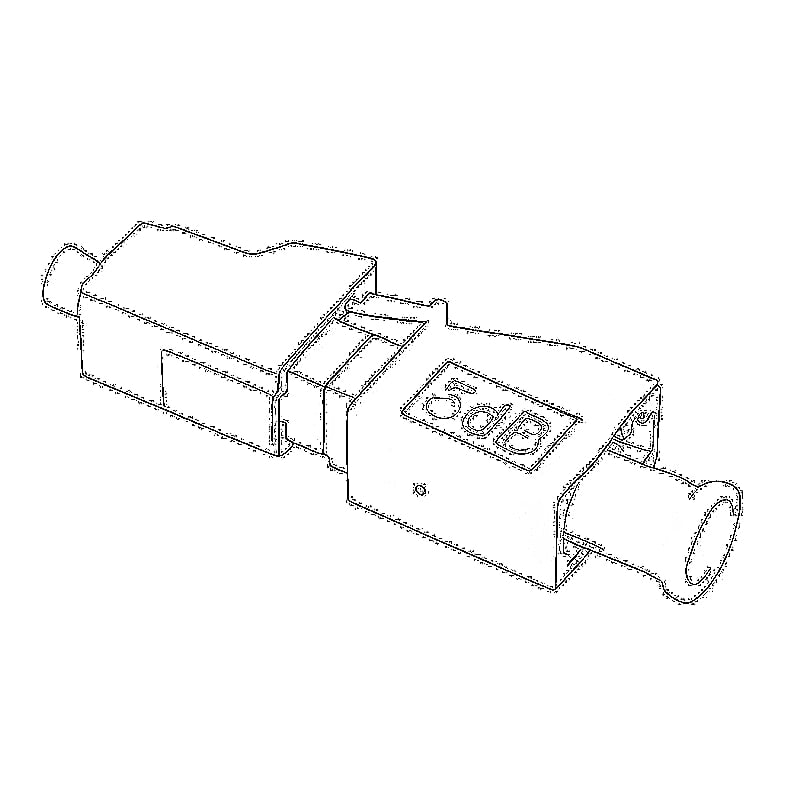
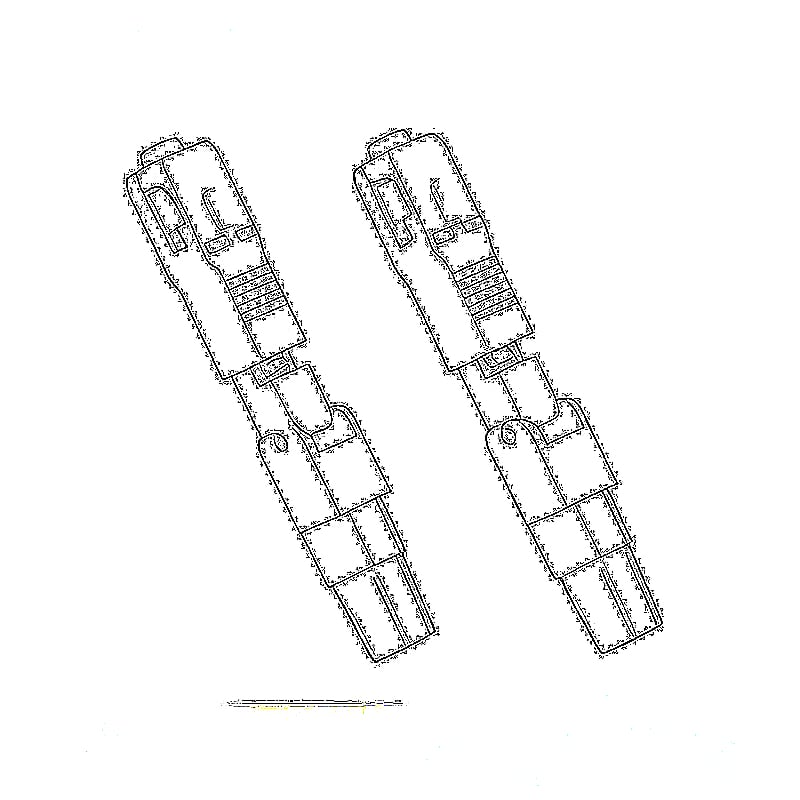
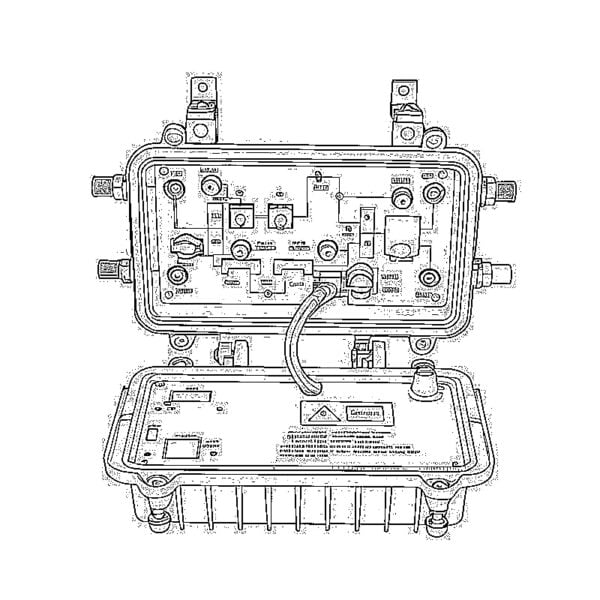
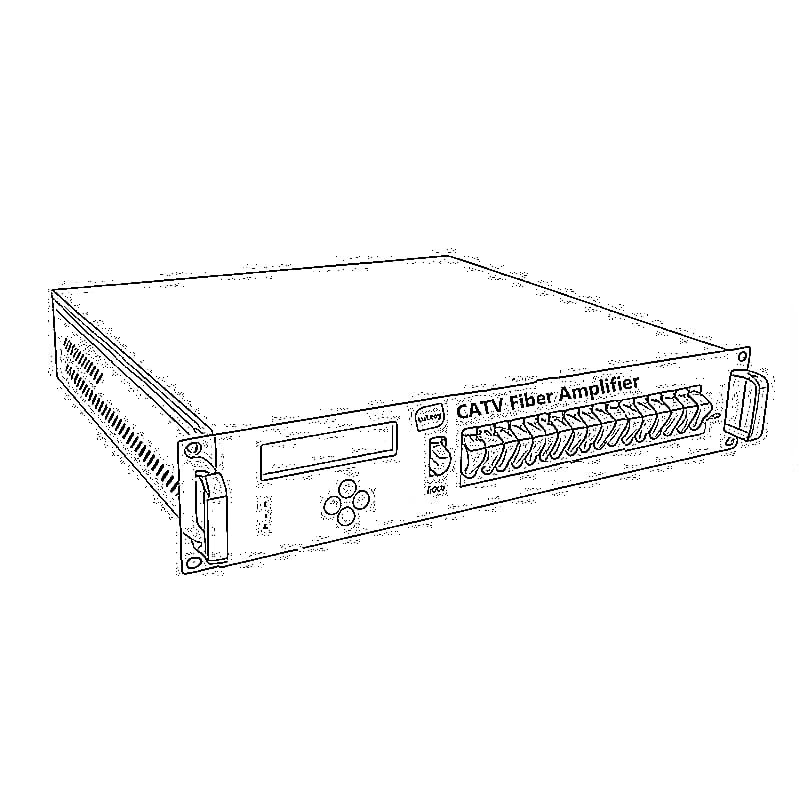
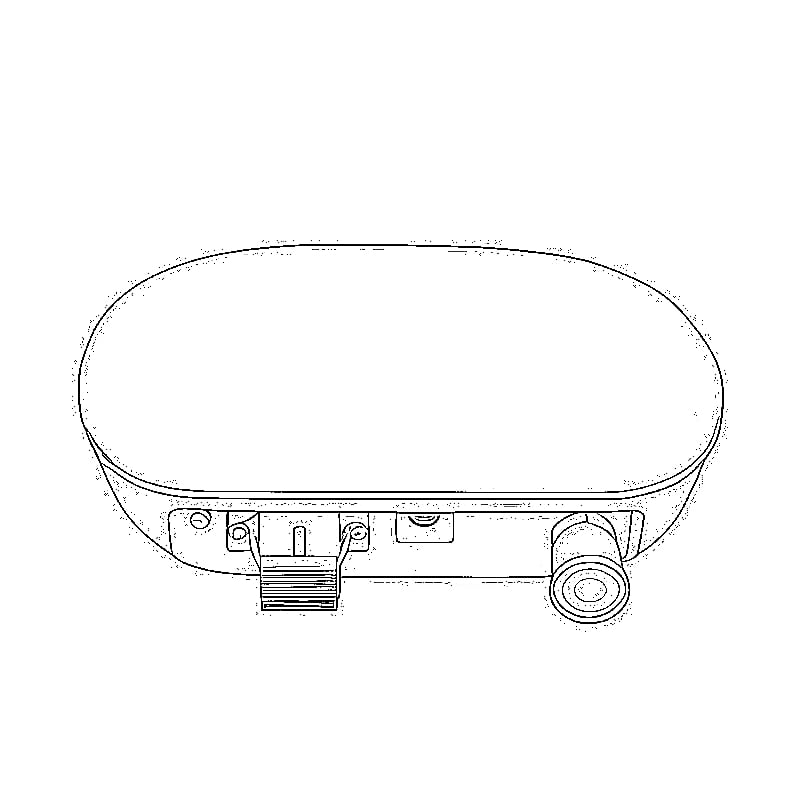
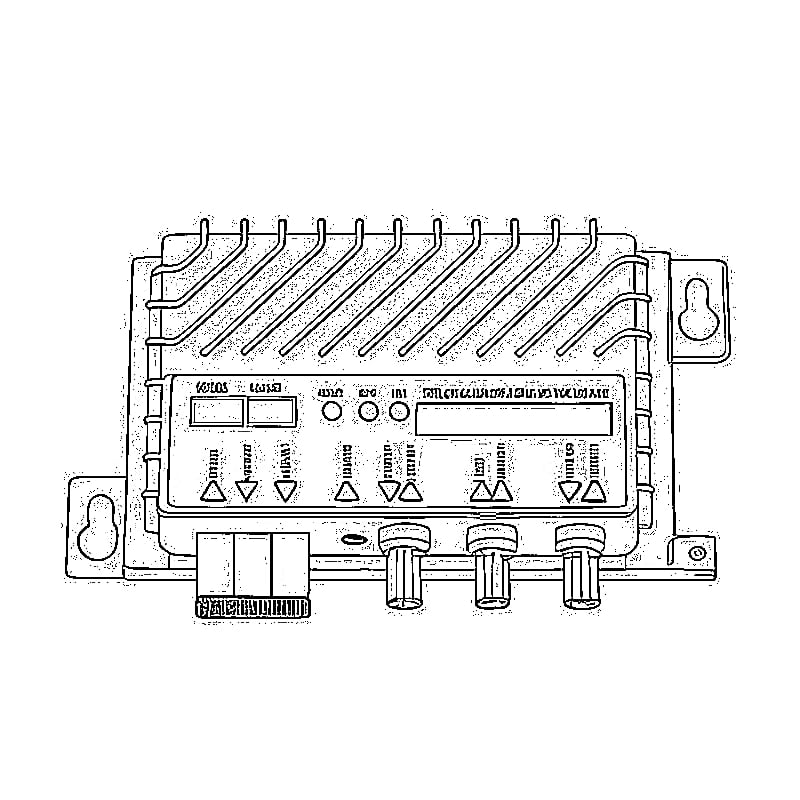

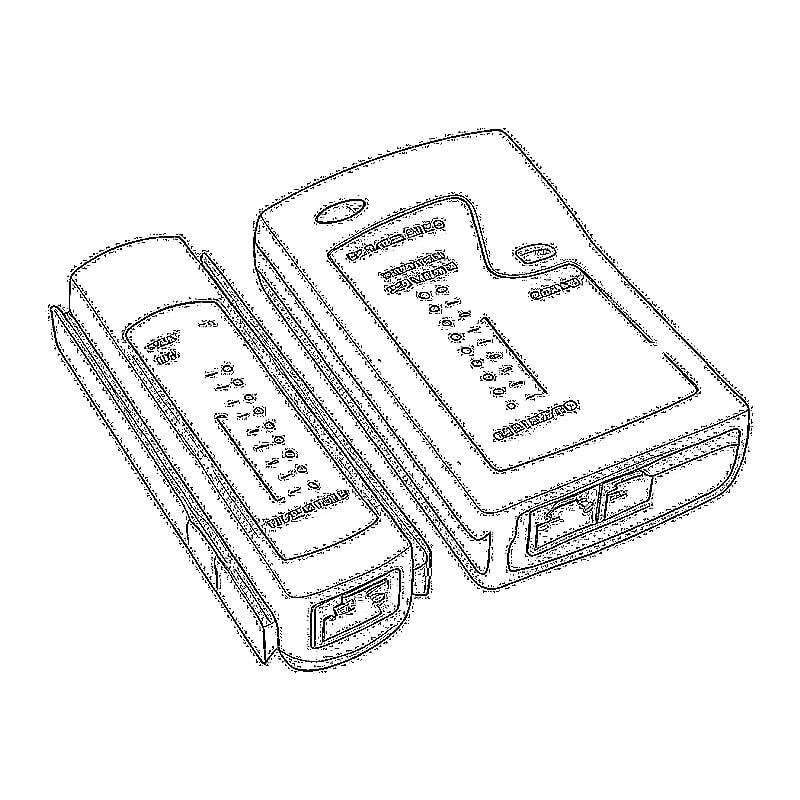
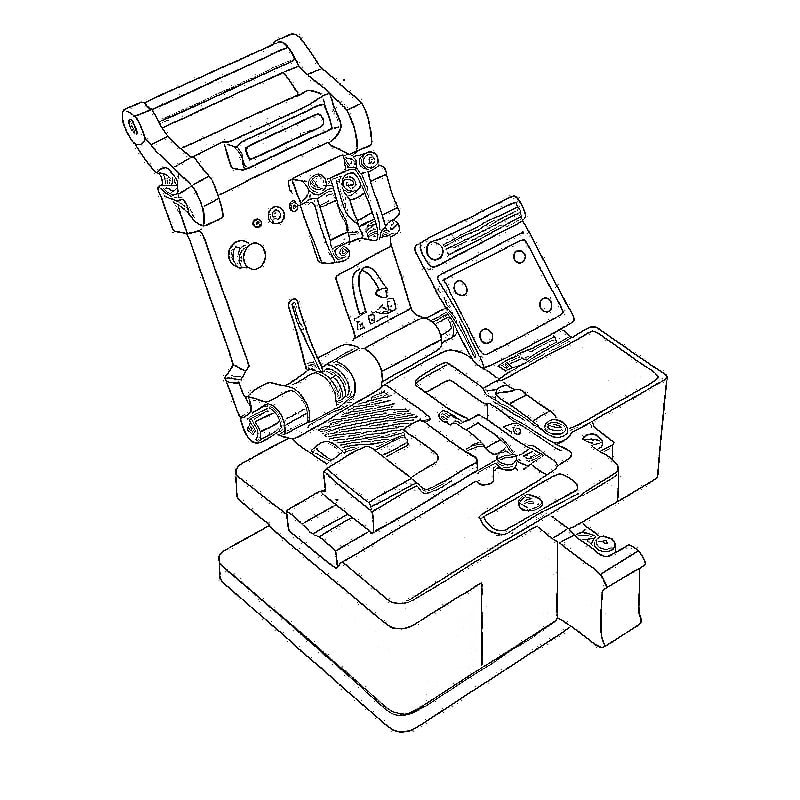
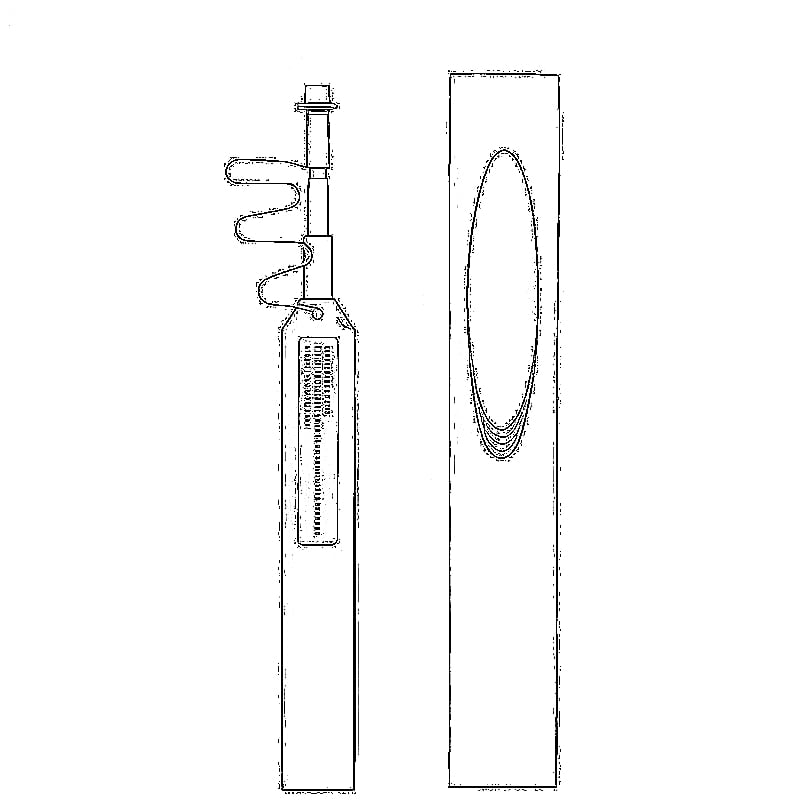
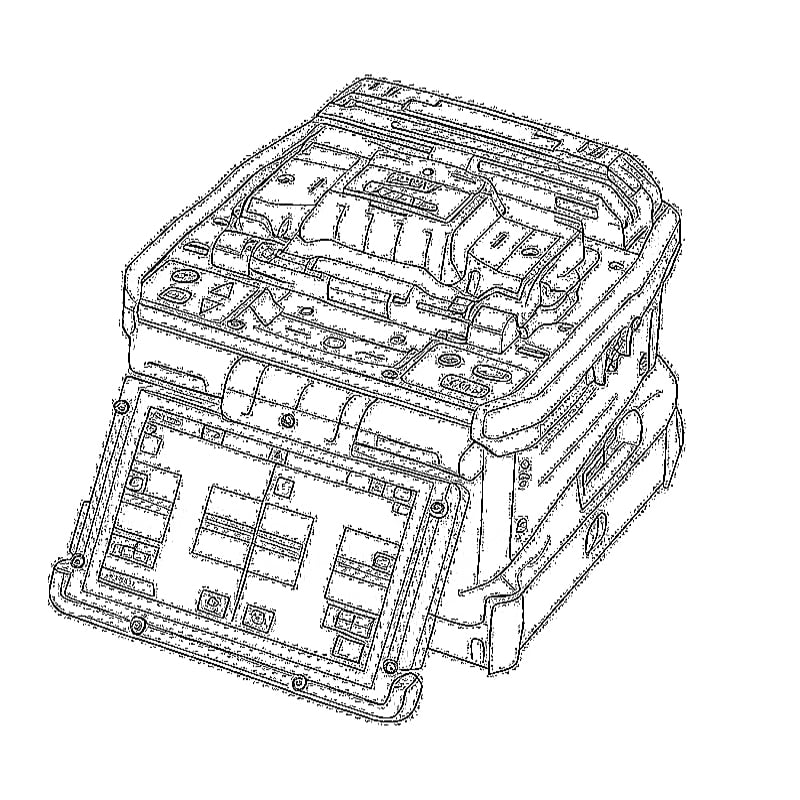
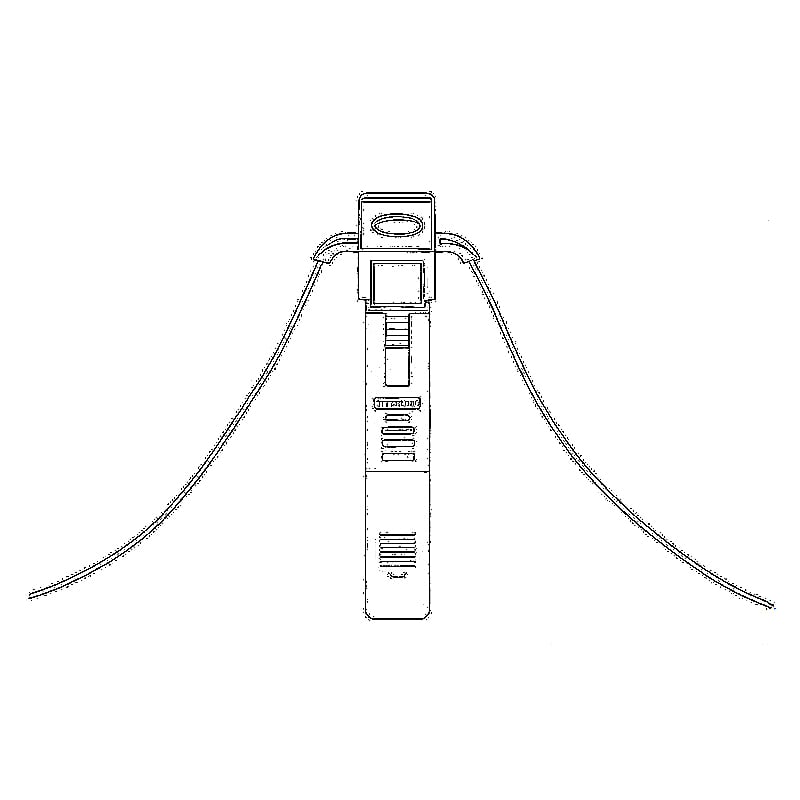
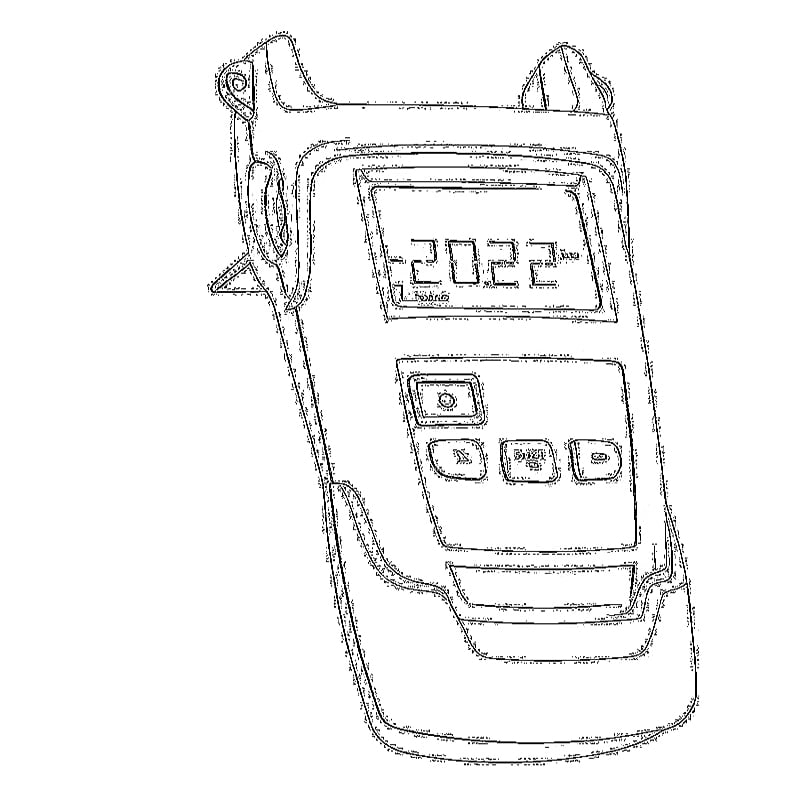
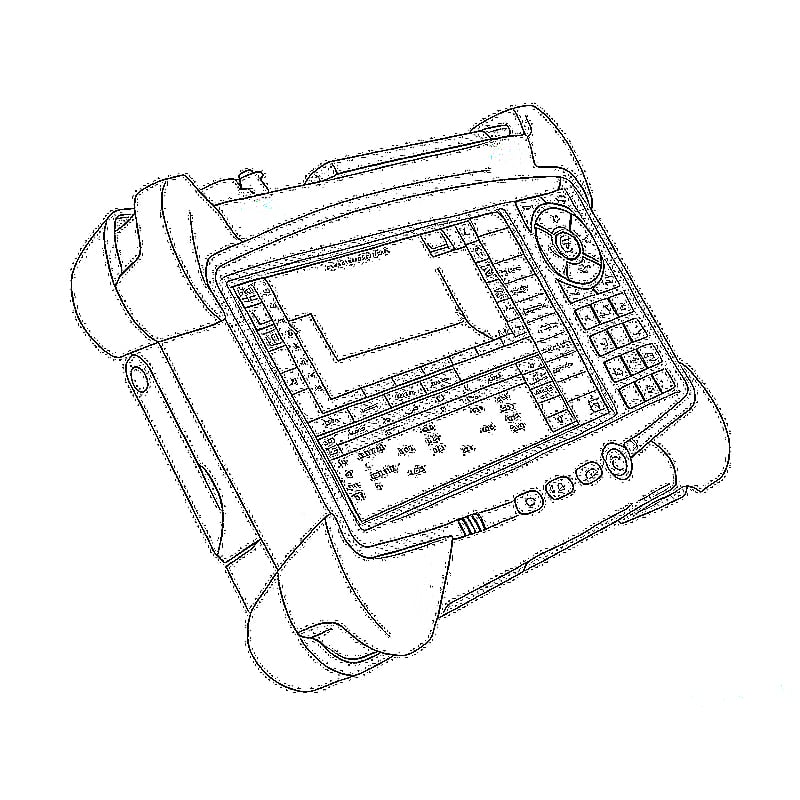
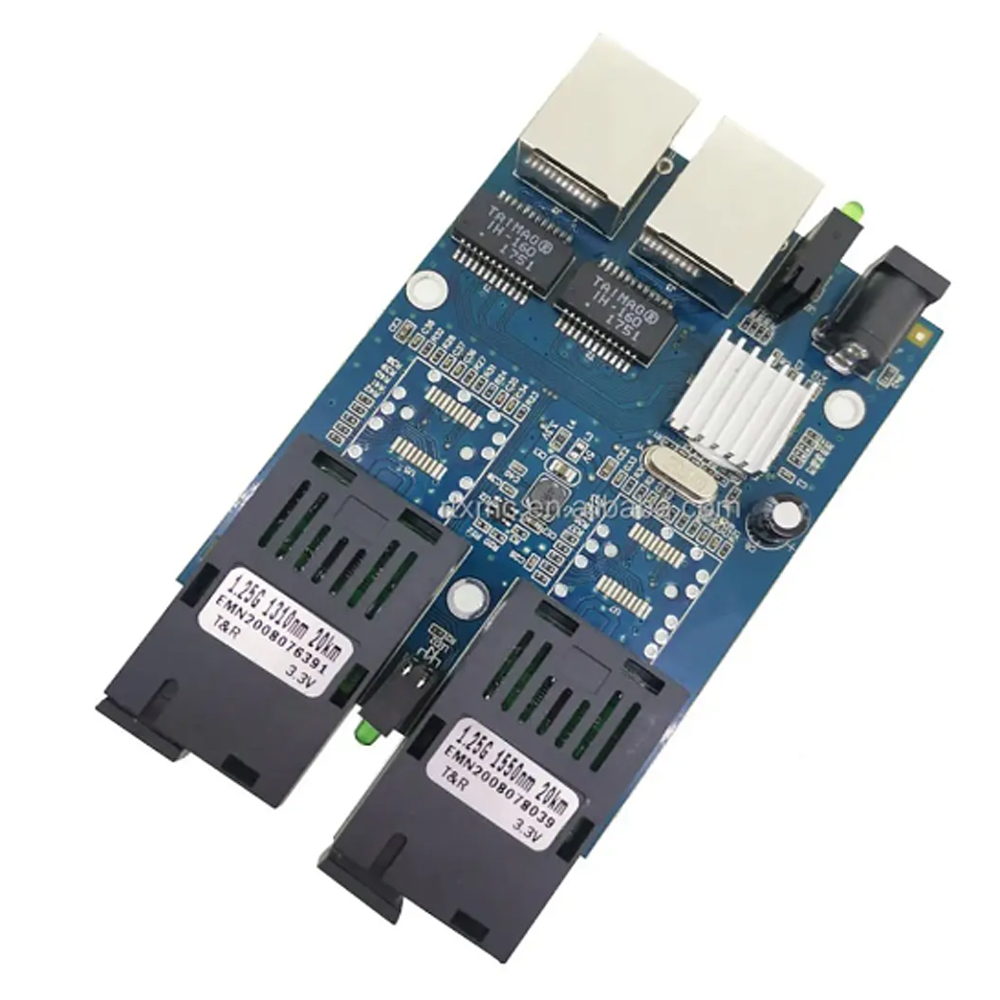
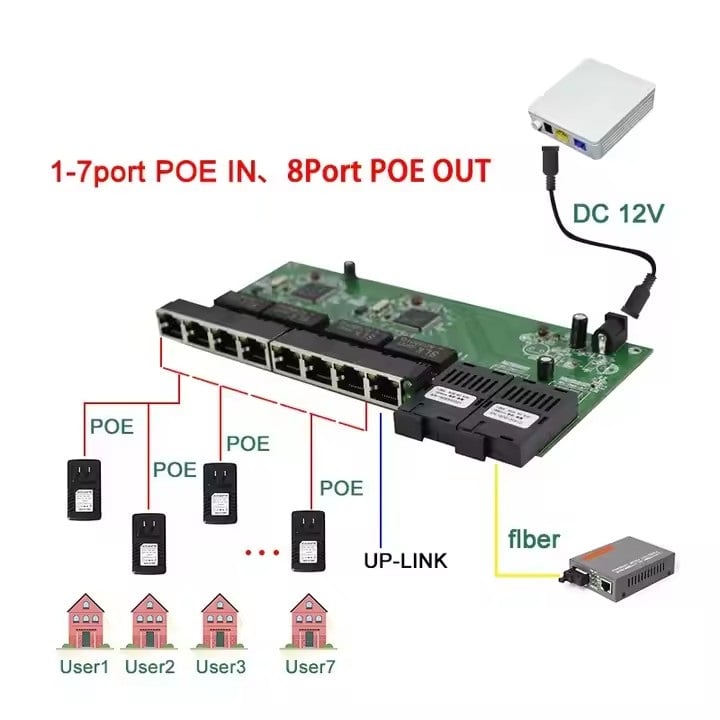
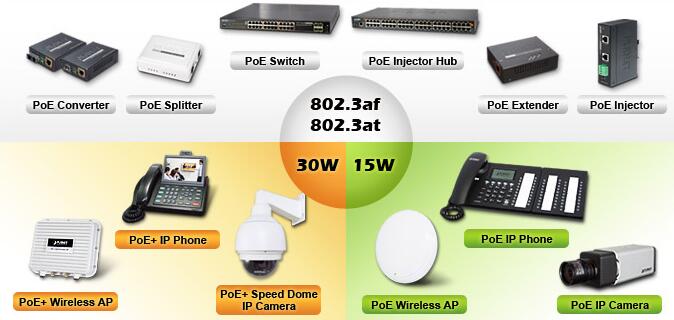
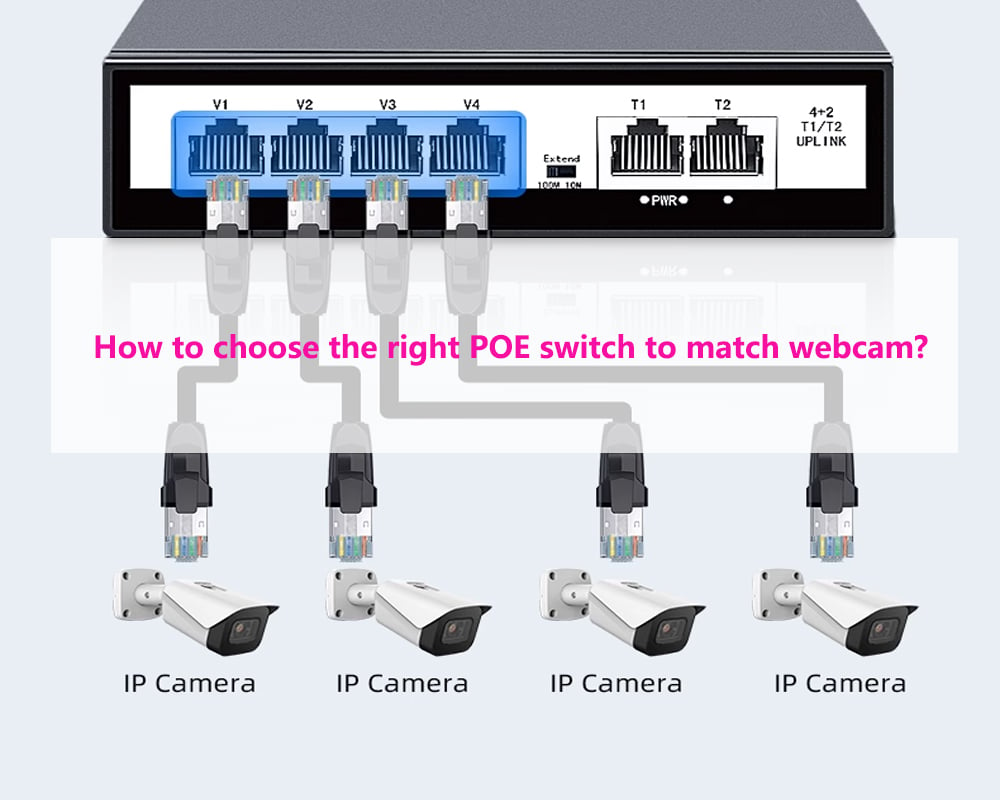
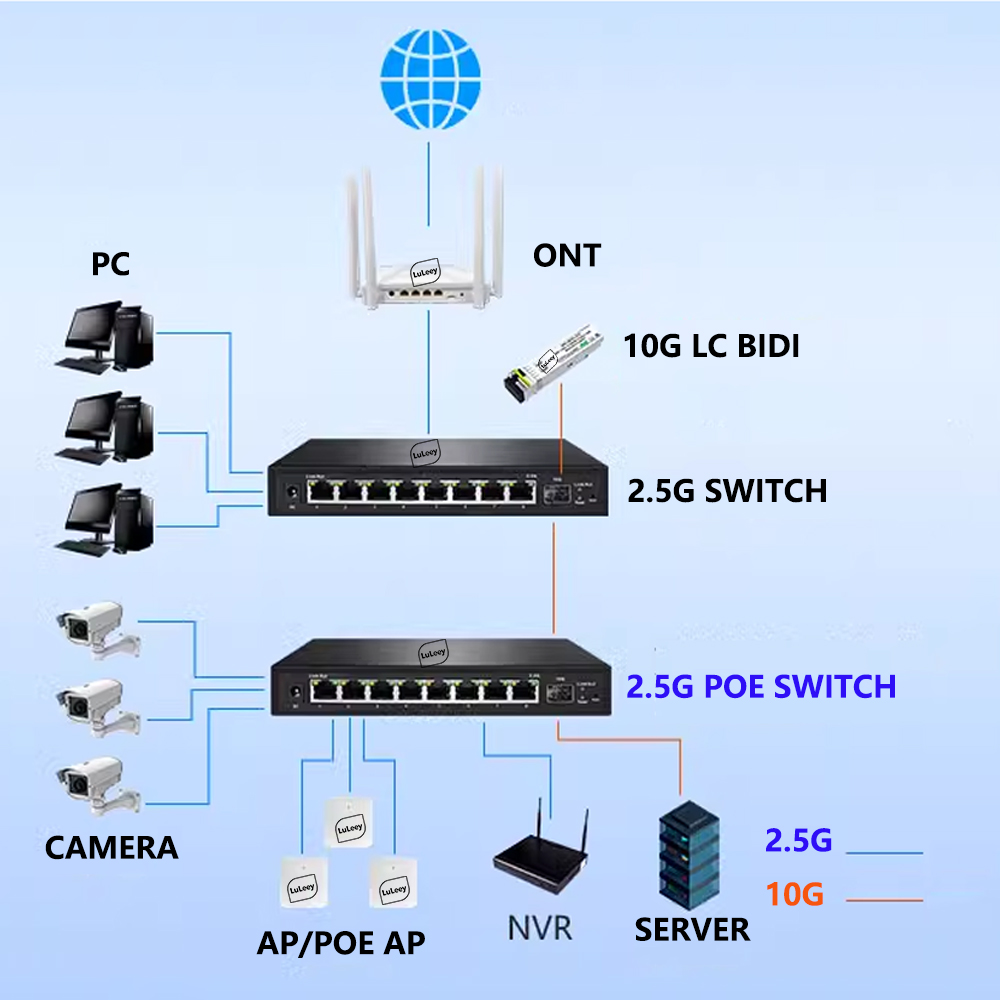
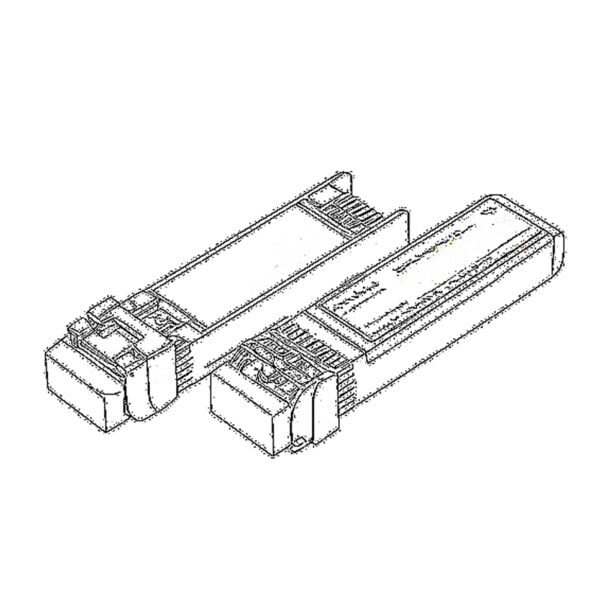 SFP/SFP+(1g/2.5g/5g/10G)
SFP/SFP+(1g/2.5g/5g/10G)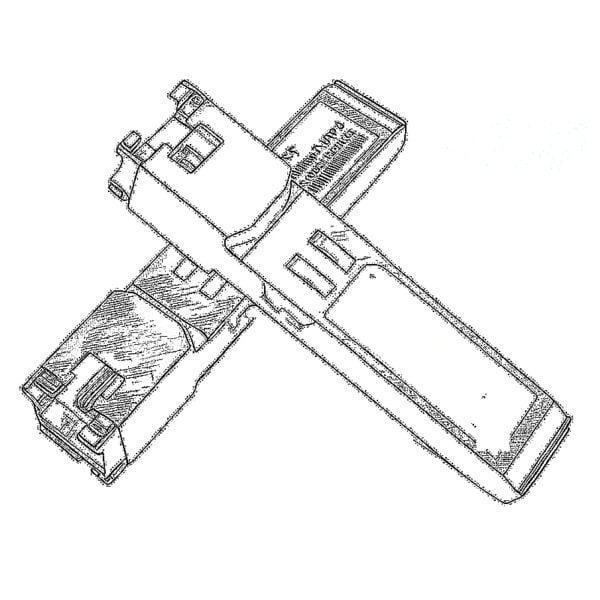 SFP-T(1g/2.5g/10g)
SFP-T(1g/2.5g/10g)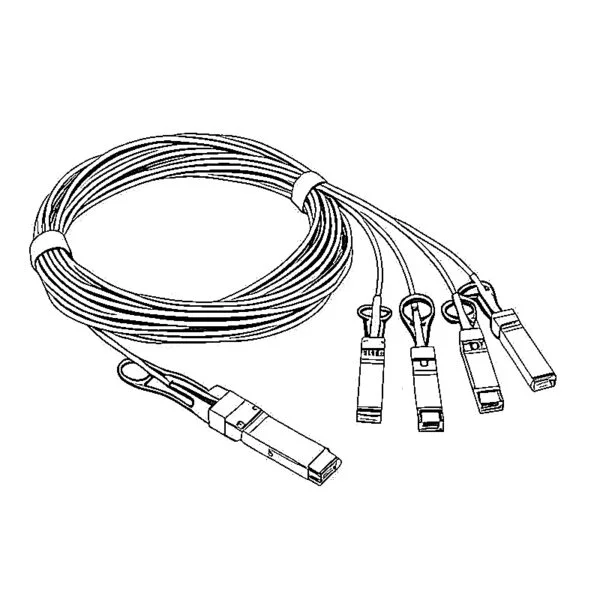 AOC 케이블 10G/25G/40G/100G
AOC 케이블 10G/25G/40G/100G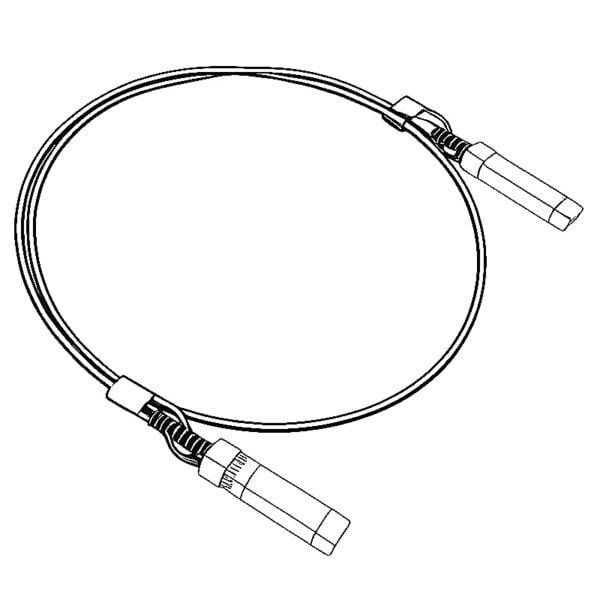 DAC 케이블 10G/25G/40G/100G
DAC 케이블 10G/25G/40G/100G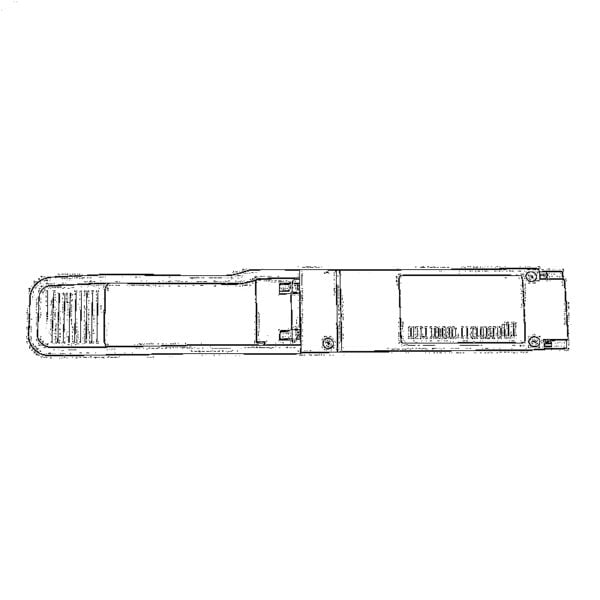 QSFP28 QSFP+ SFP28 100g/40g/25G
QSFP28 QSFP+ SFP28 100g/40g/25G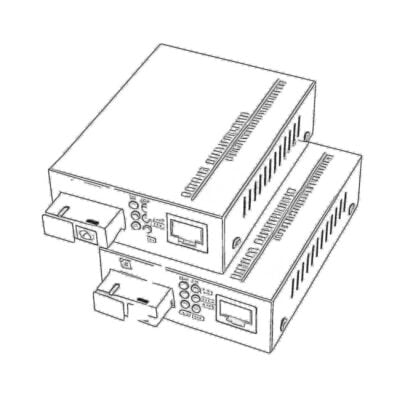 구리-광 미디어 컨버터
구리-광 미디어 컨버터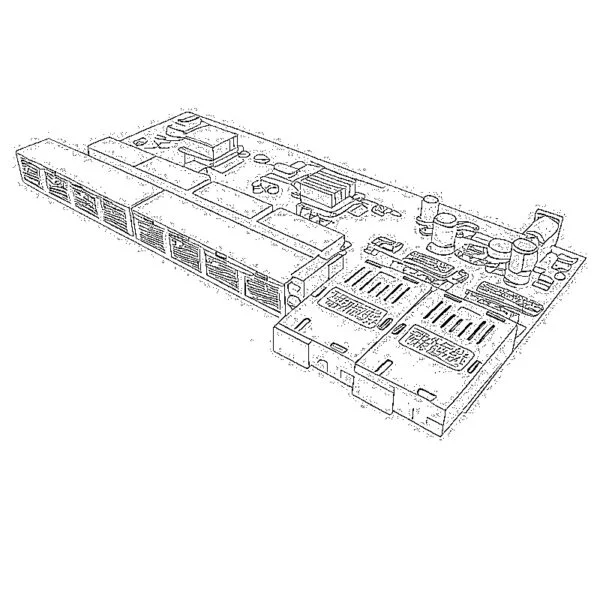 광 미디어 컨버터 PCBA 보드
광 미디어 컨버터 PCBA 보드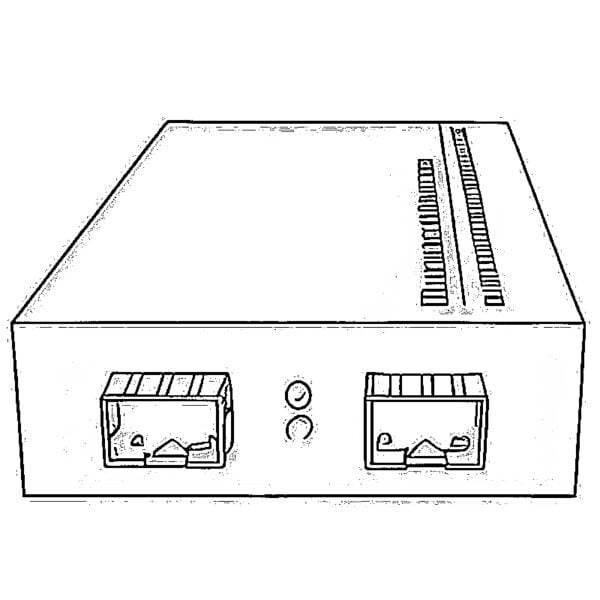 OEO 광 미디어 컨버터
OEO 광 미디어 컨버터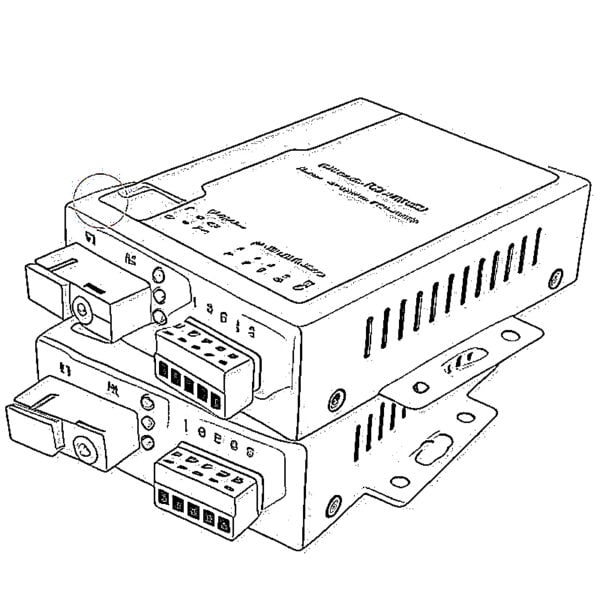 직렬-광케이블 미디어 컨버터
직렬-광케이블 미디어 컨버터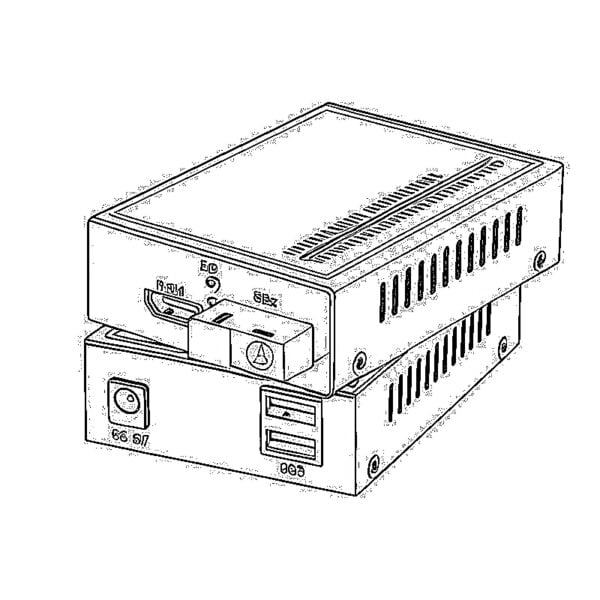 비디오-광케이블 미디어 컨버터
비디오-광케이블 미디어 컨버터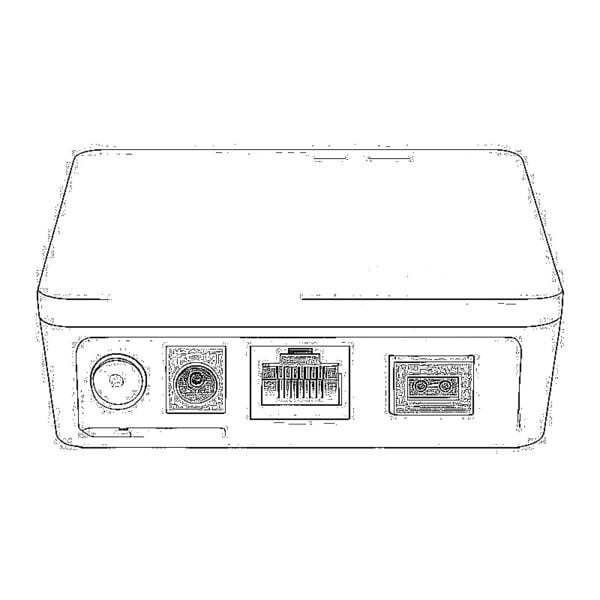 1000M GPON/EPON ONU
1000M GPON/EPON ONU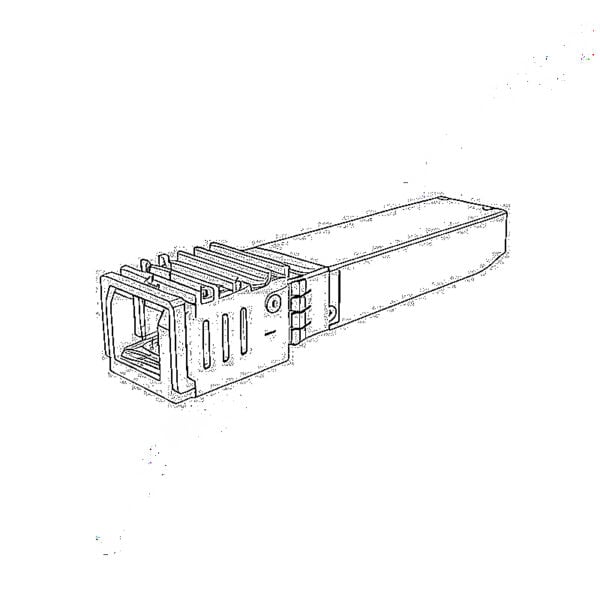 10G EON ONU/XG-PON/XGS-PON
10G EON ONU/XG-PON/XGS-PON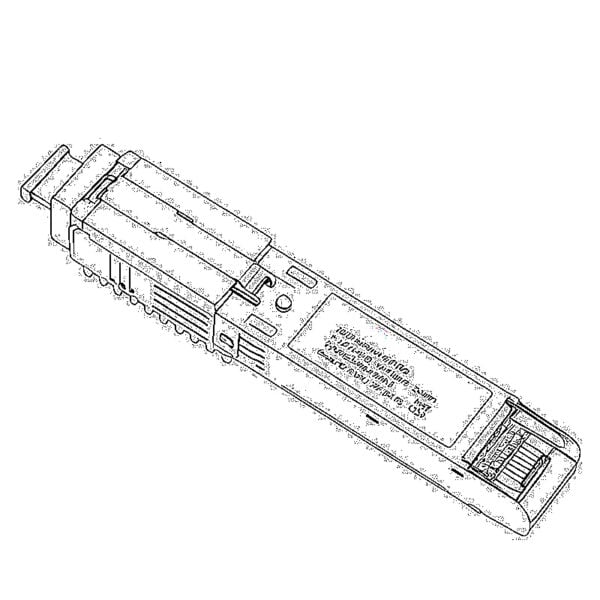 2.5G GPN/XPON 스틱 SFP ONU
2.5G GPN/XPON 스틱 SFP ONU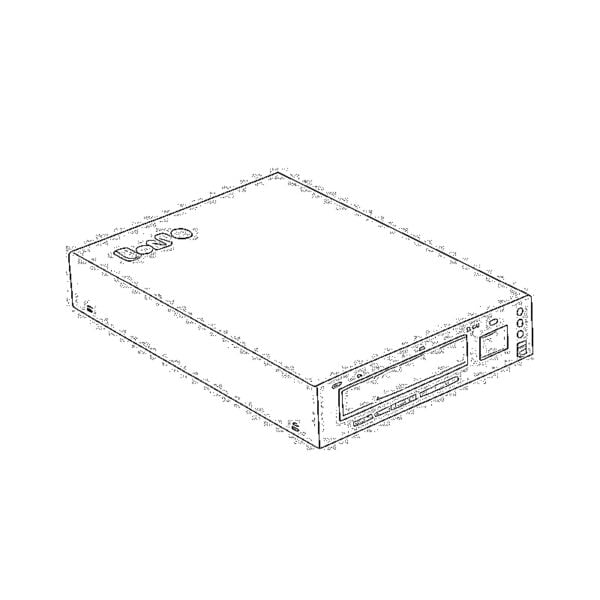 포에 그폰/에폰 오누
포에 그폰/에폰 오누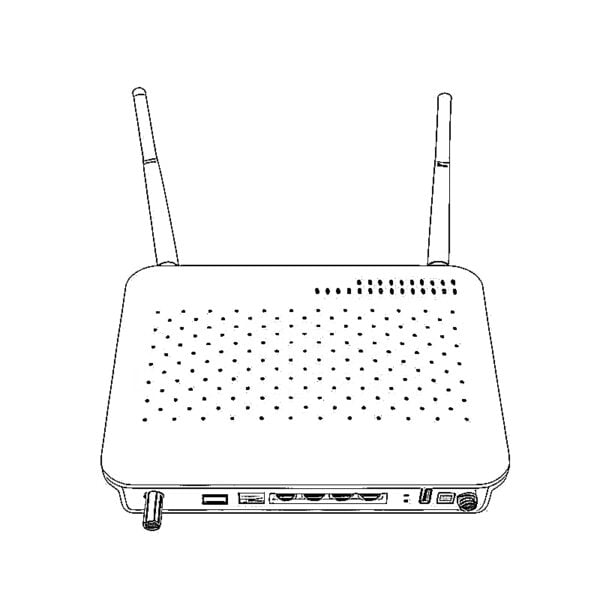 무선 GPON/EPON ONT
무선 GPON/EPON ONT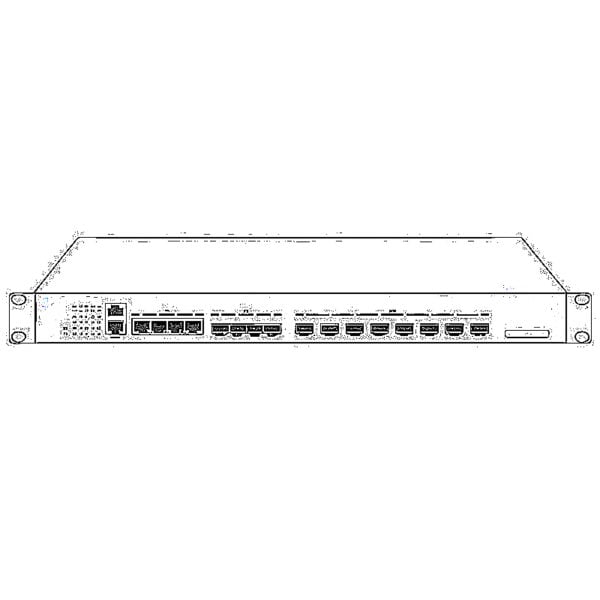 EPON OLT
EPON OLT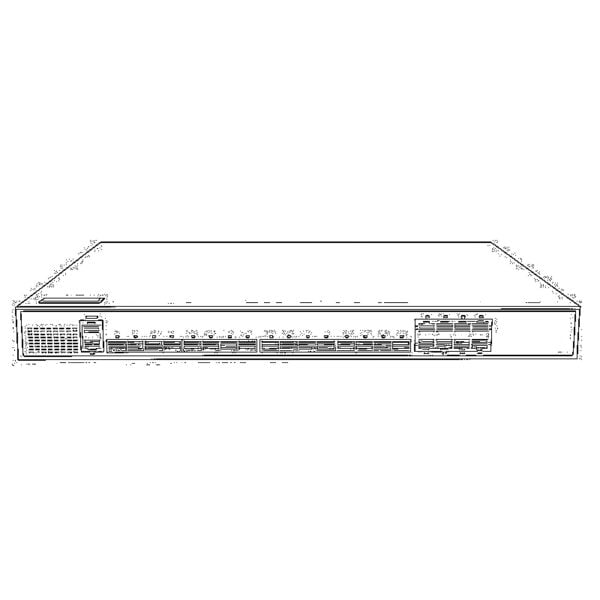 GPON OLT
GPON OLT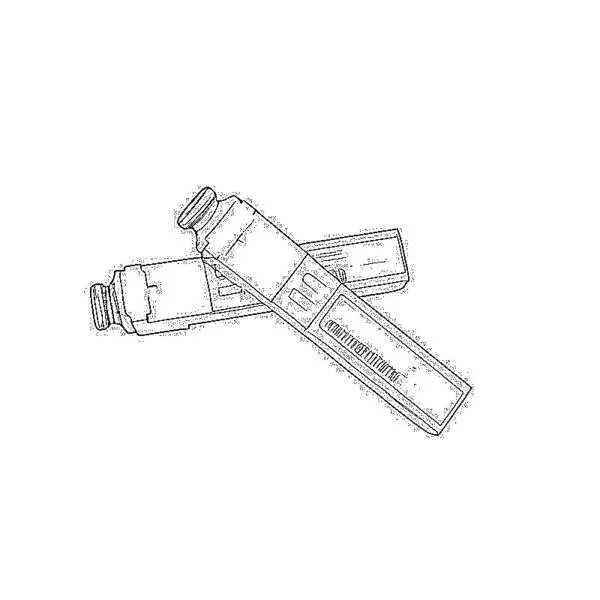 SFP PON 모듈
SFP PON 모듈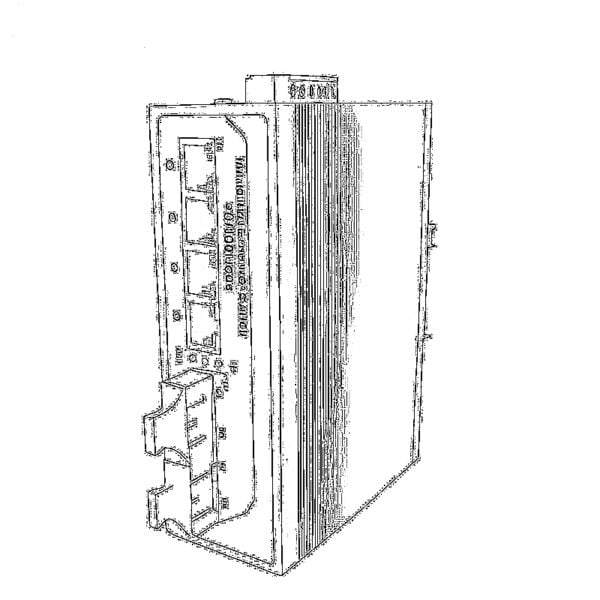 산업용 스위치
산업용 스위치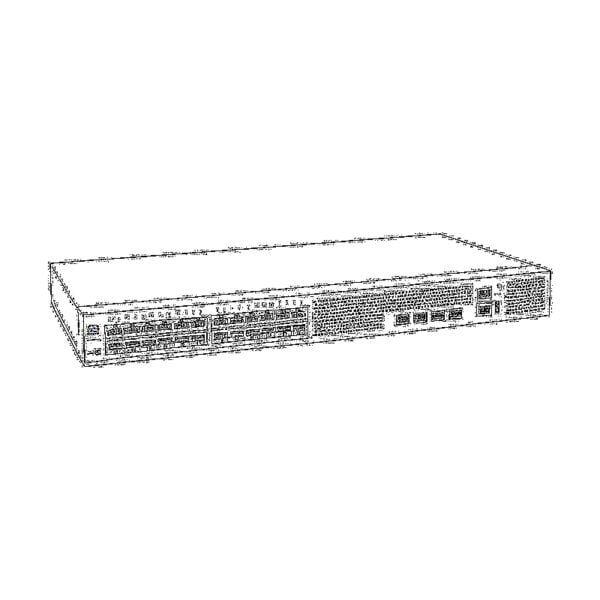 관리형 스위치
관리형 스위치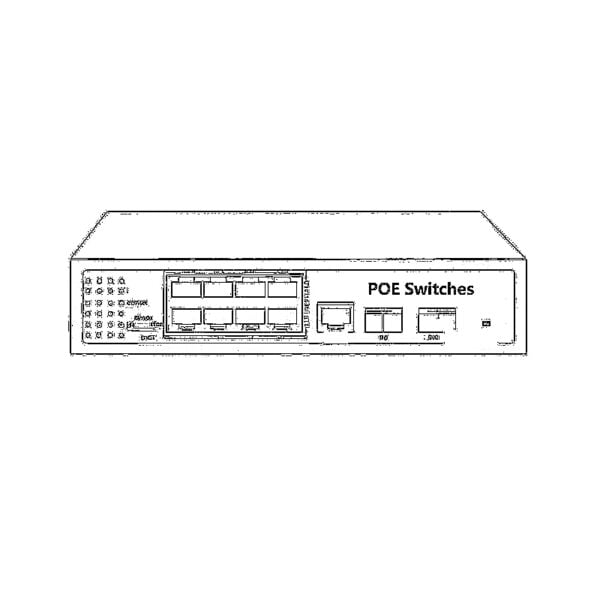 POE 스위치
POE 스위치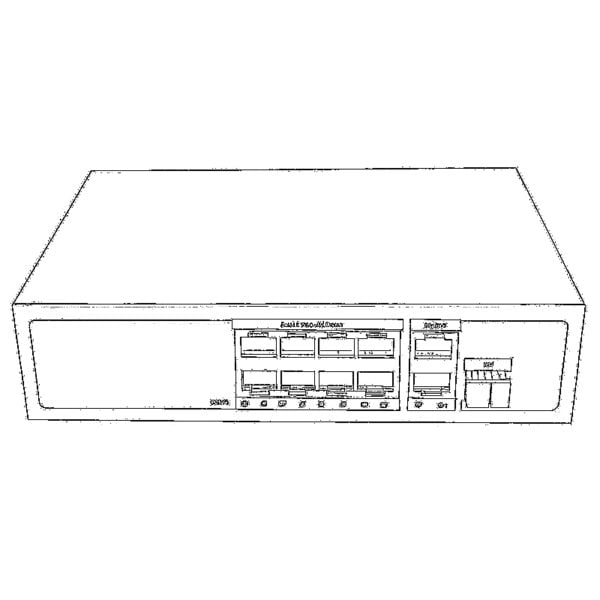 비관리형 스위치
비관리형 스위치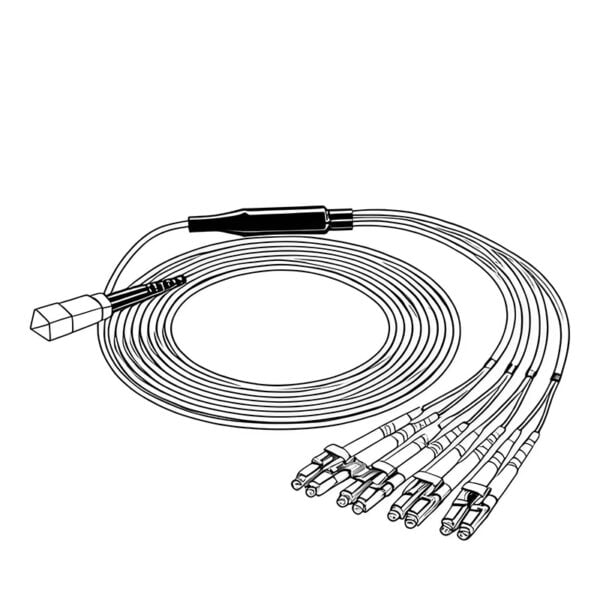 MTP/MPO 광 케이블
MTP/MPO 광 케이블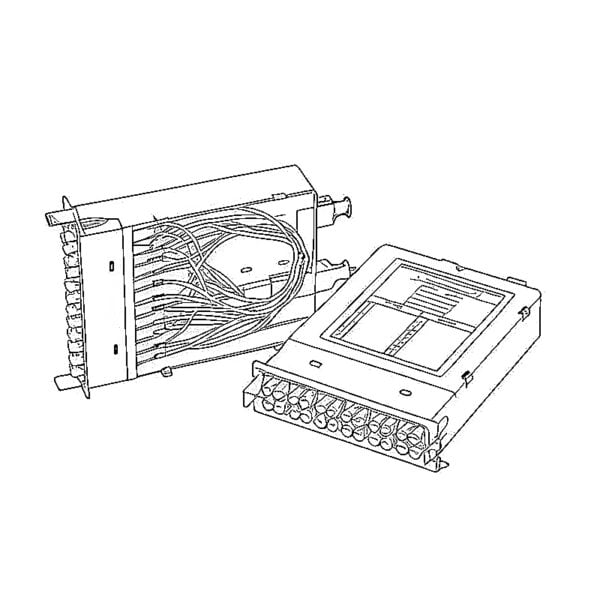 광섬유 카세트
광섬유 카세트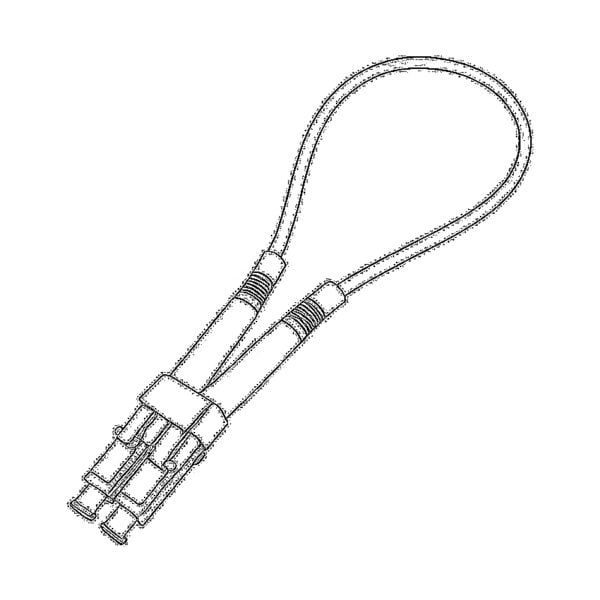 광섬유 루프백
광섬유 루프백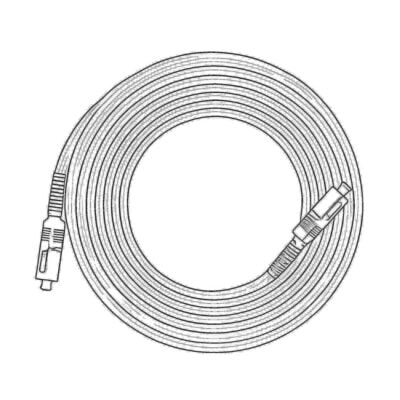 광 케이블 및 광섬유 피그테일
광 케이블 및 광섬유 피그테일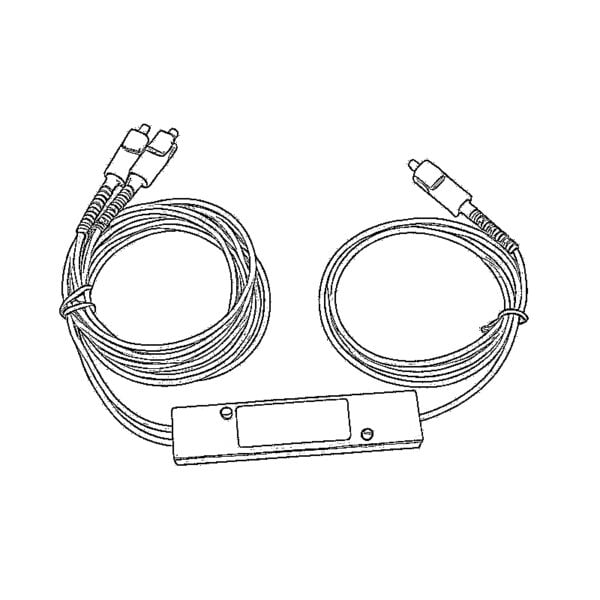 광 분배기 및 분배기 박스
광 분배기 및 분배기 박스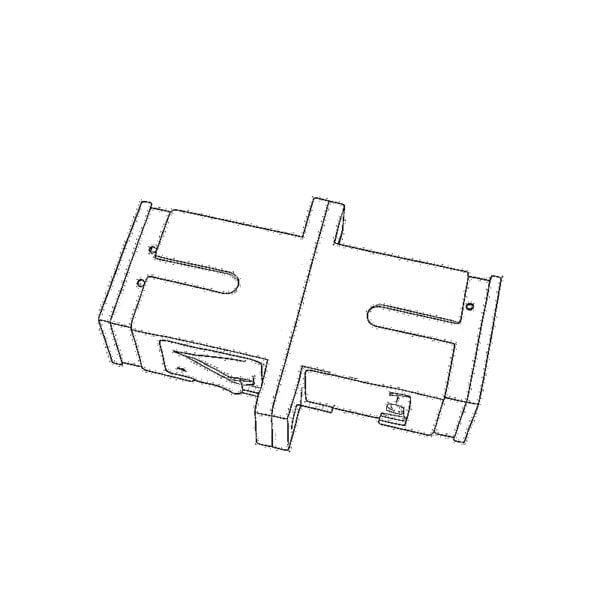 광케이블 플랜지 커넥터
광케이블 플랜지 커넥터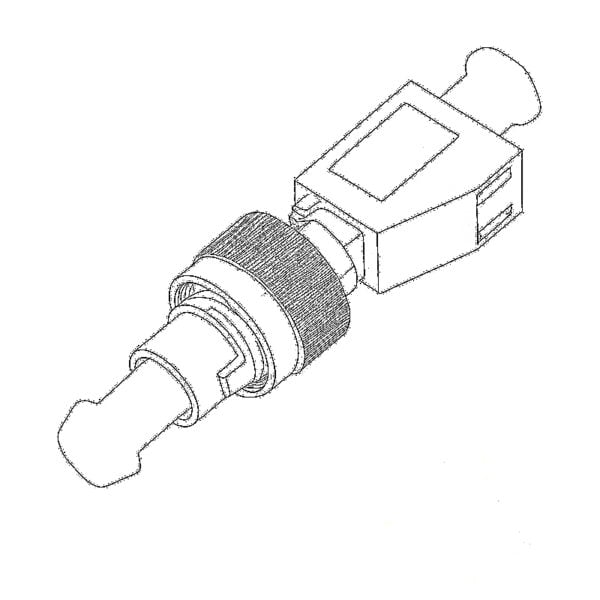 광학 어댑터
광학 어댑터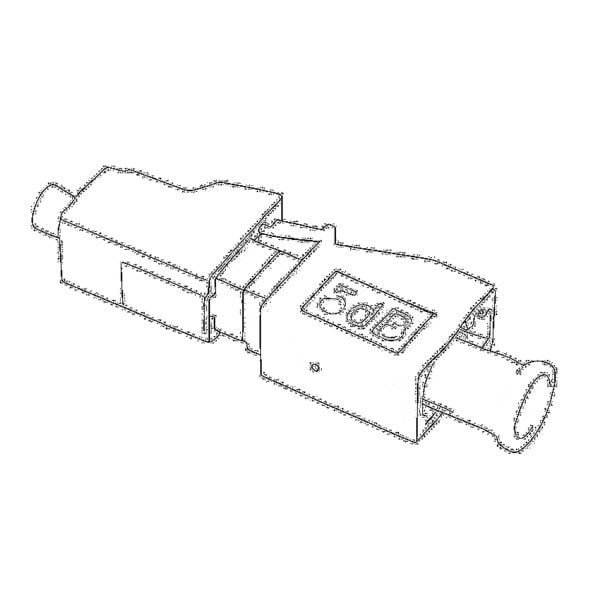 광학 감쇠기
광학 감쇠기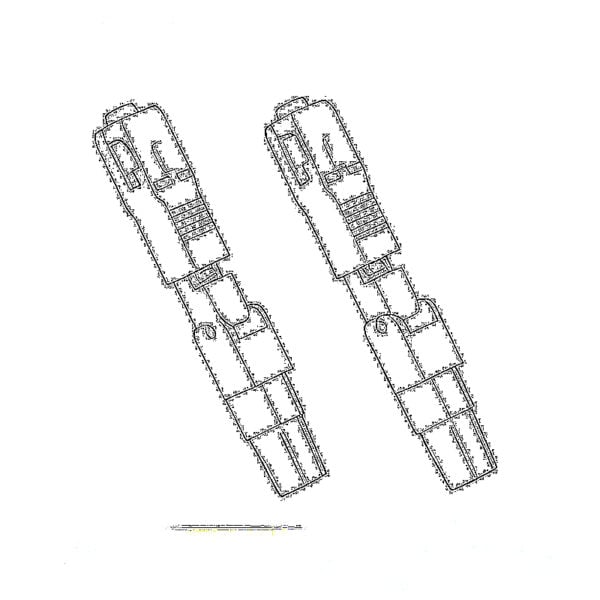 퀵 커넥터 및 커넥터 패널
퀵 커넥터 및 커넥터 패널 CATV 증폭기
CATV 증폭기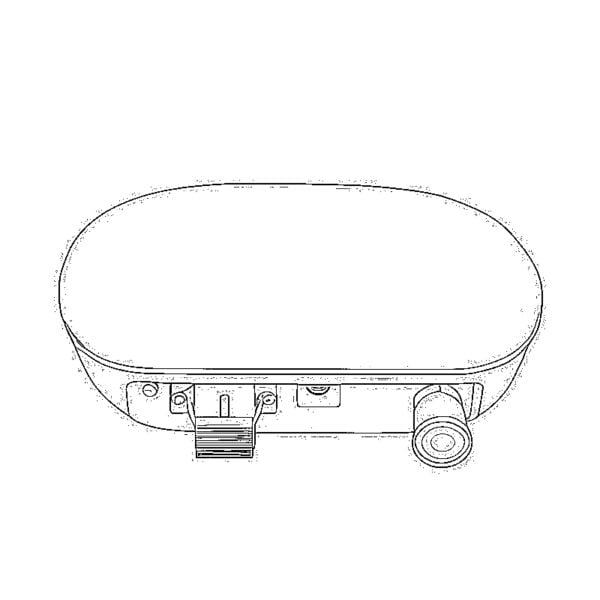 CATV 광 수신기
CATV 광 수신기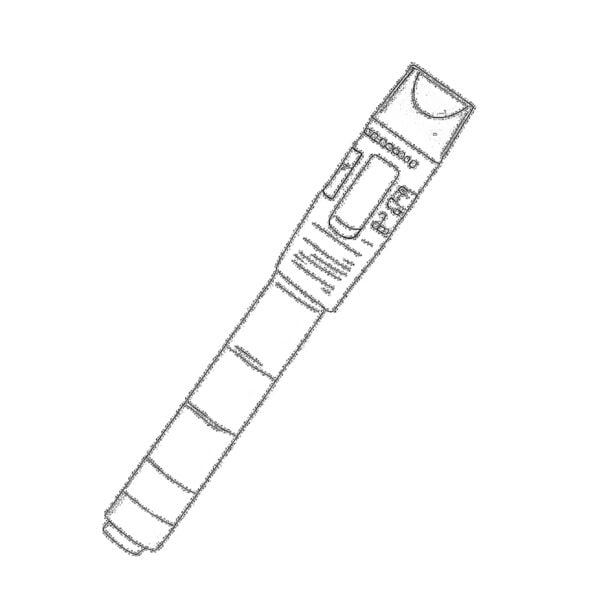 시각적 결함 찾기
시각적 결함 찾기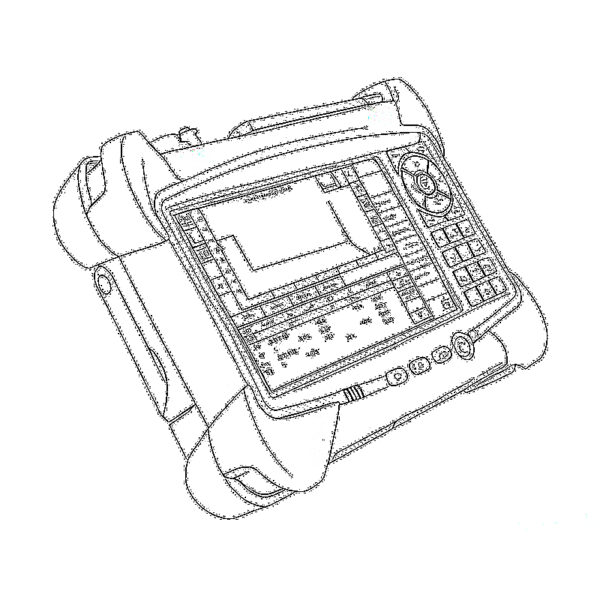 OTDR
OTDR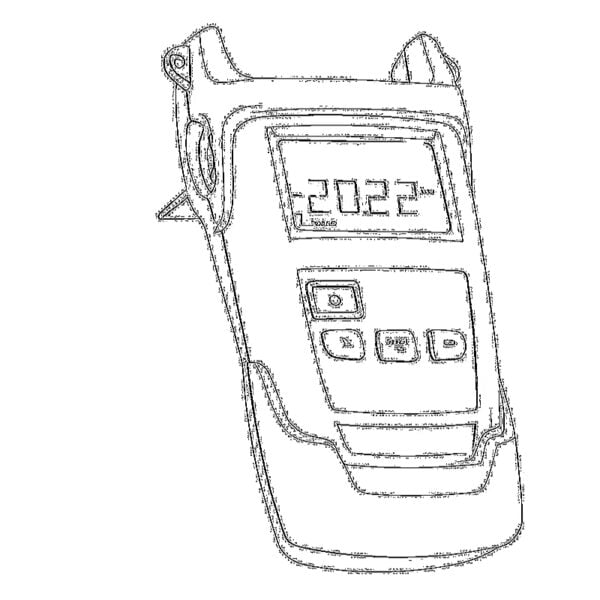 광학 파워 미터
광학 파워 미터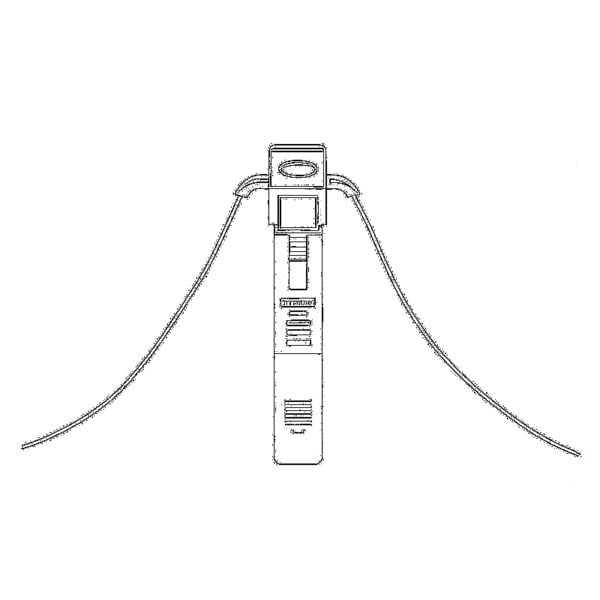 광섬유 식별자
광섬유 식별자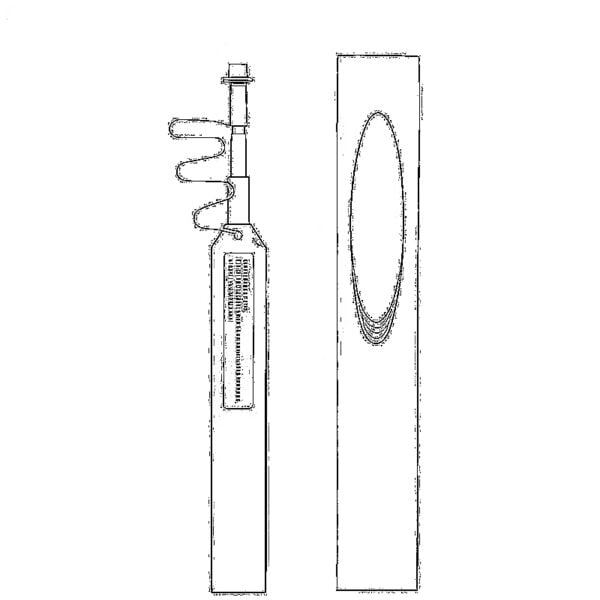 광섬유 클리너
광섬유 클리너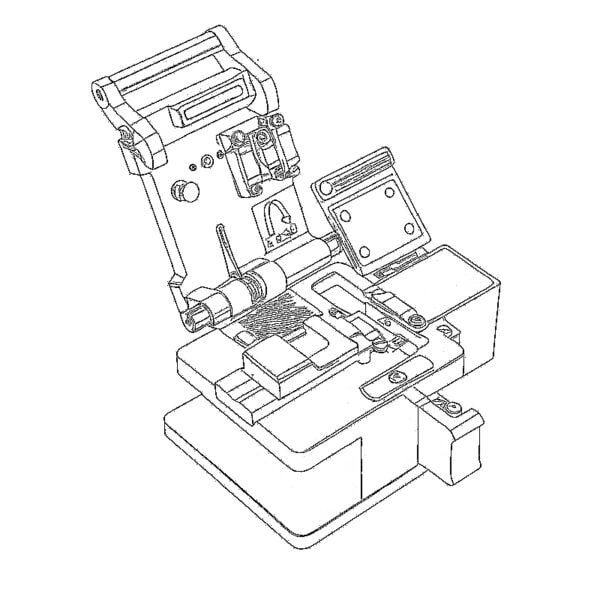 섬유 절단기 및 섬유 스트리퍼
섬유 절단기 및 섬유 스트리퍼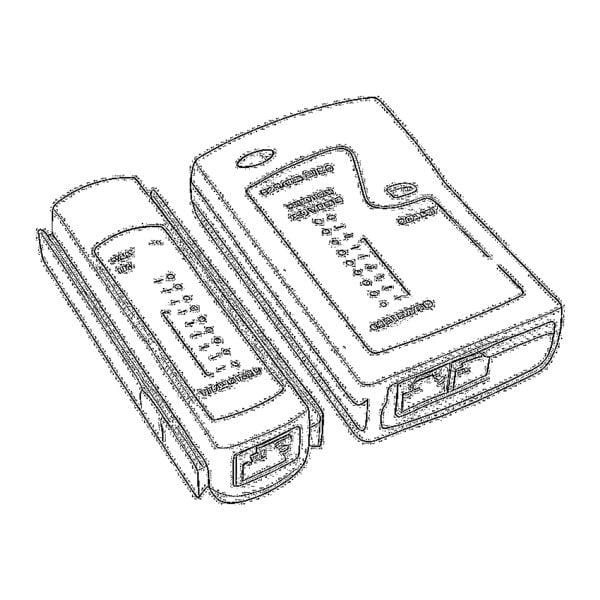 구리 도구
구리 도구